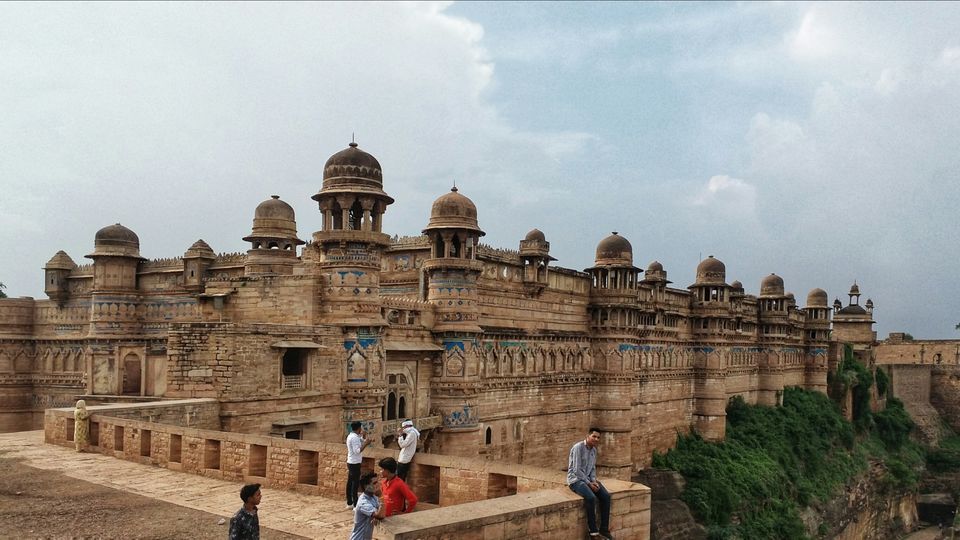
Gwalior, A royal city at the Heart of India in the State of Madhya Pradesh is known for its contribution in the Indian History,Culture and Music. As per legends this city was founded by Suraj sen during 3CE. It was ruled by several dynasties utill It came under the United India as a princely state which was ruled under the Ruler Madavrao Scindia. Gwalior has its own Airport and is connected to major cities of india. It is 343 kms from natioal capital Delhi, 414kms from state capital Bhopal and 1 around 120kms from Agra. This city is well connected to the cities around India via train.
On day one we went to the Palace of the Scindia's known as the Jai Vilas Palace. It is one of the prominent palaces built across India. This is built during 1886 by the French Architect Micheal Filose in European style to welcome the King George V who was coming to India. This palace has 400 rooms out of which 40 is kept as HH Maharaja Jiwajirao Scindia museum. This museum displays the Lifestyles of the Scindias from Jiwajirao to Former Member of Parliament Madavrao Scindia, and The Maharanis of Scindia dynasty which ruled gwalior in 18th and 19th century. This museum has the entire collection of The royal Furnitures, Cutleries, Awards and Felicitations, Paintings, Weapons, Vintage cars etc. This Palace is well decorated using various gemstones and rare figurines, some part of The royal palace is polished with gold from Inside.
Rooms are furnished with Italian marble flooring, Persian carpets, ornamental accessories and rare antiquities from France, China and Italy. The beautiful carpet in the Darbar hall is one of the largest in the world.
Entry ticket of the museum costs 150INR and Timings are as follows
April to September: 10:00 AM - 4:45 PM,
October to March: 10:00 AM - 4:30 PM (Closed on Wednesdays)
Taking a camera is Chargable.(100INR) or you can keep it in the lockers at the ticket counters.
When you visit make sure the Palace is open and Carry Drinking water with you.
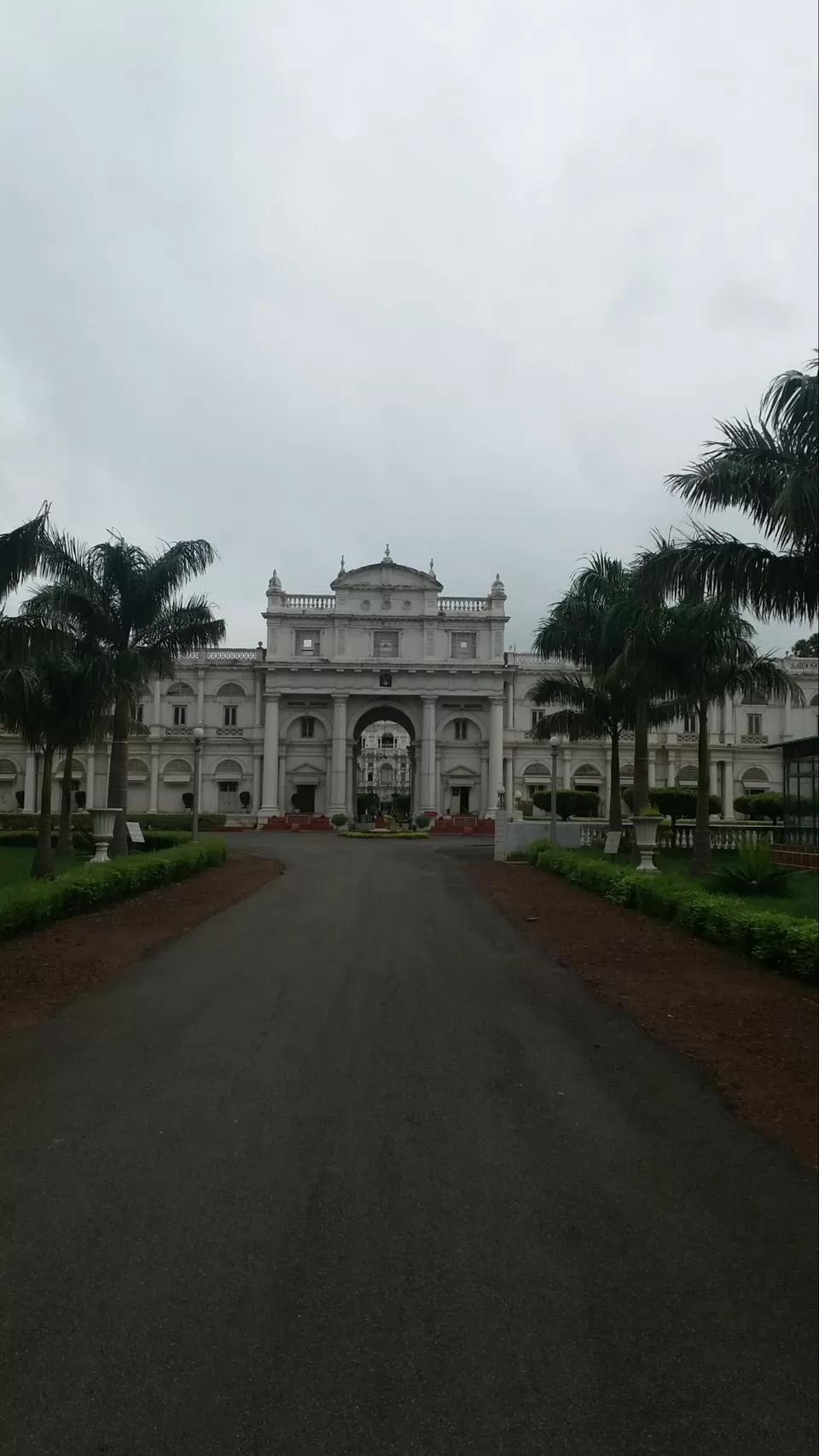
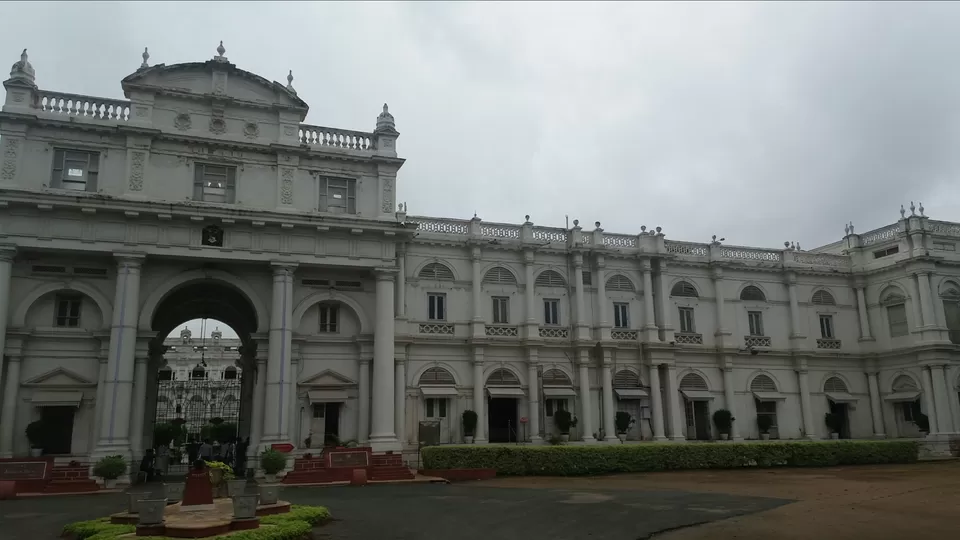
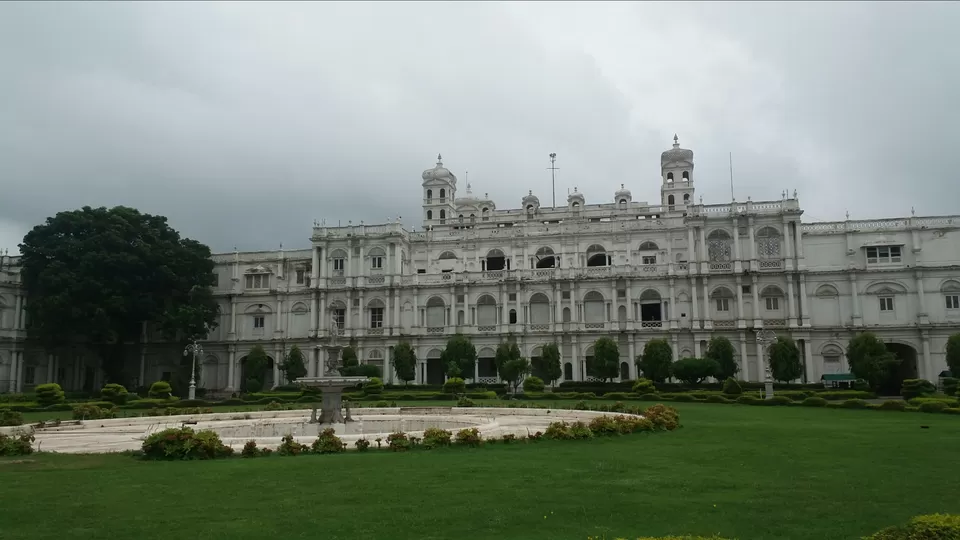
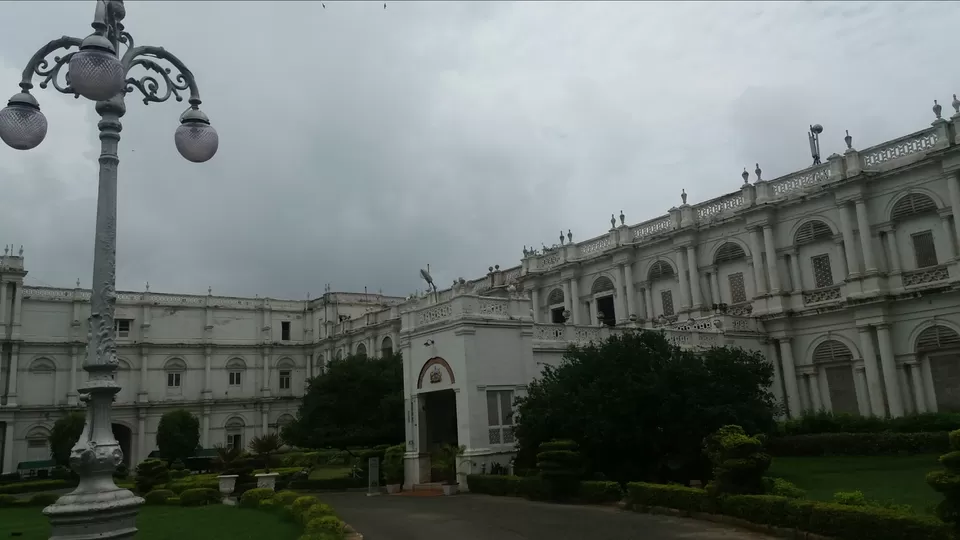
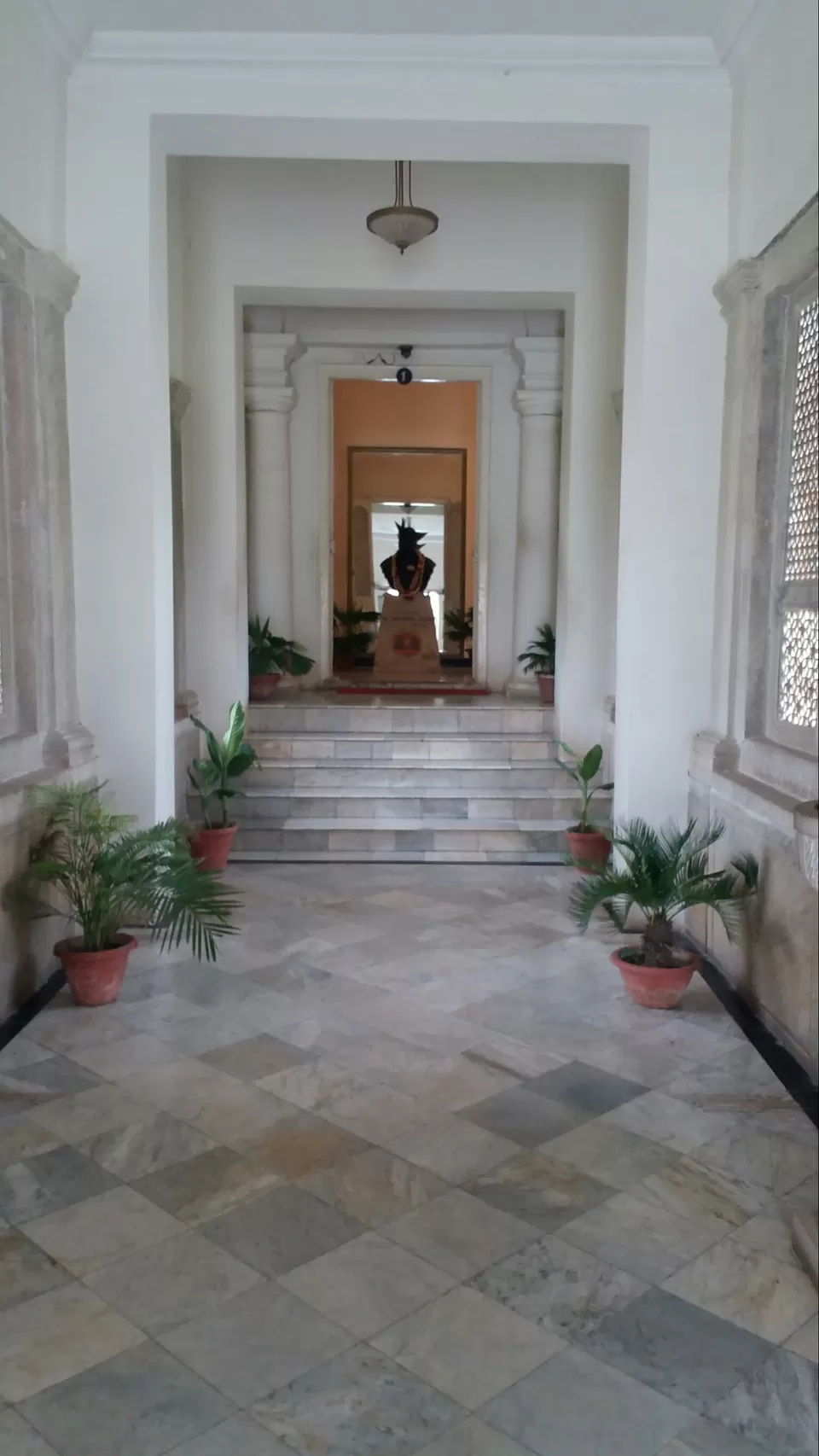
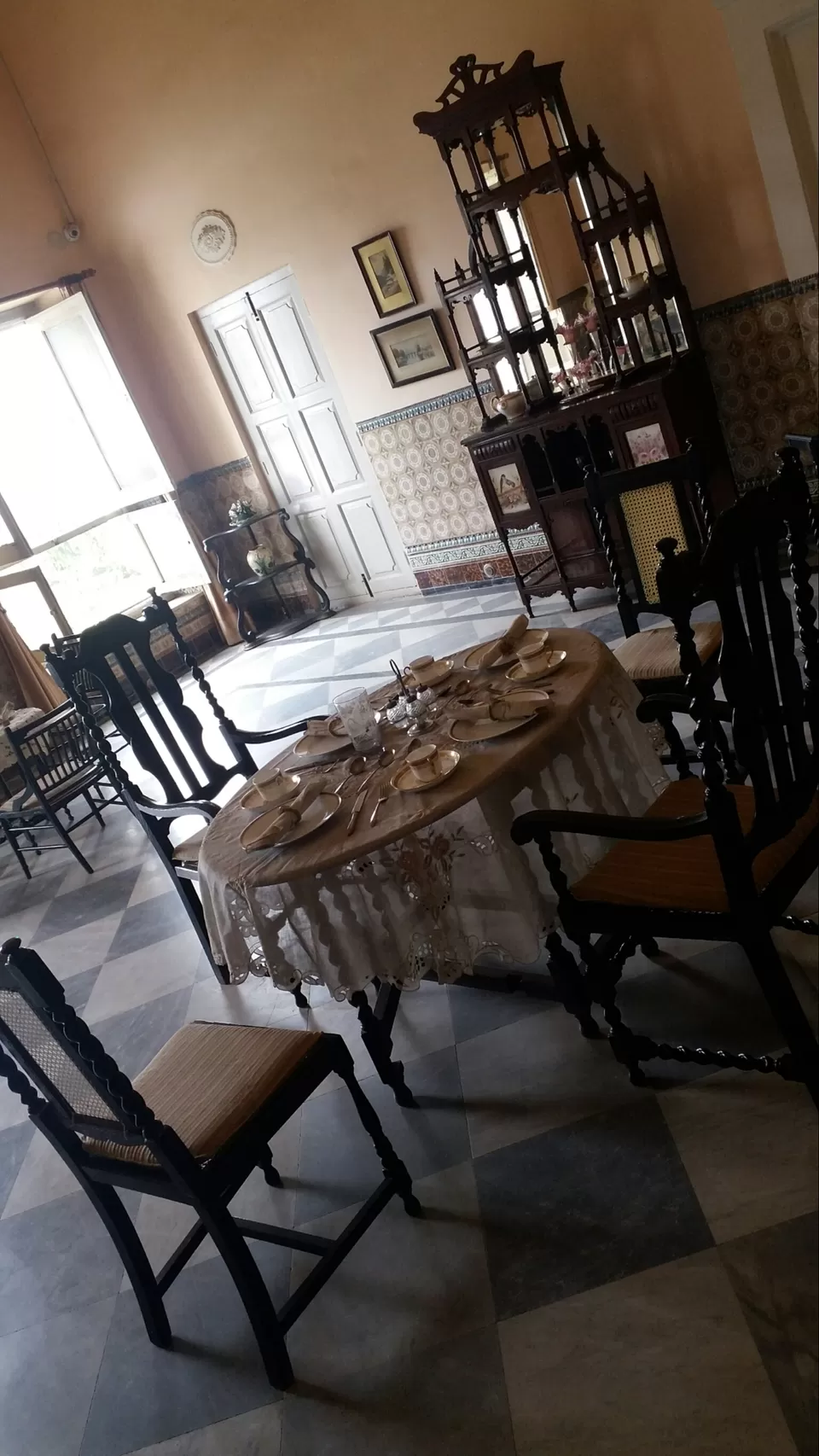
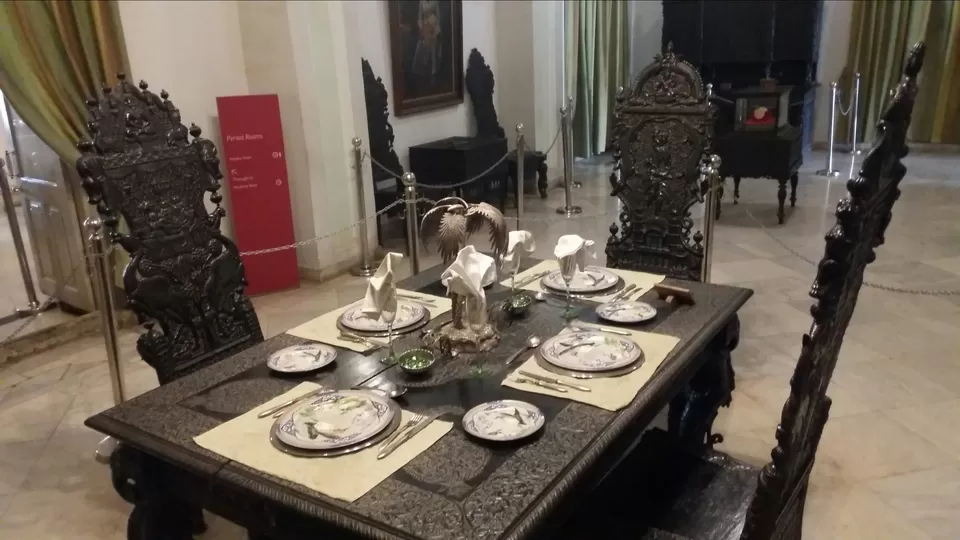
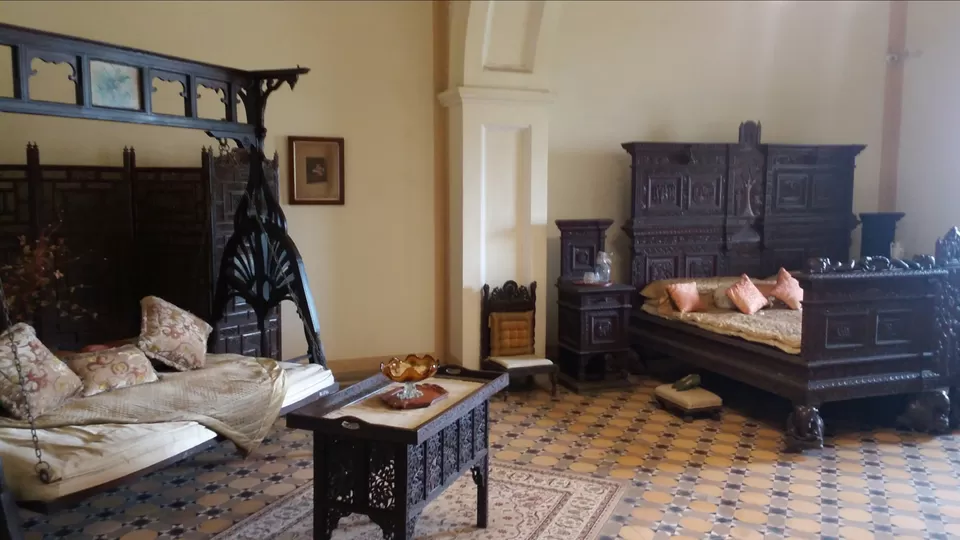
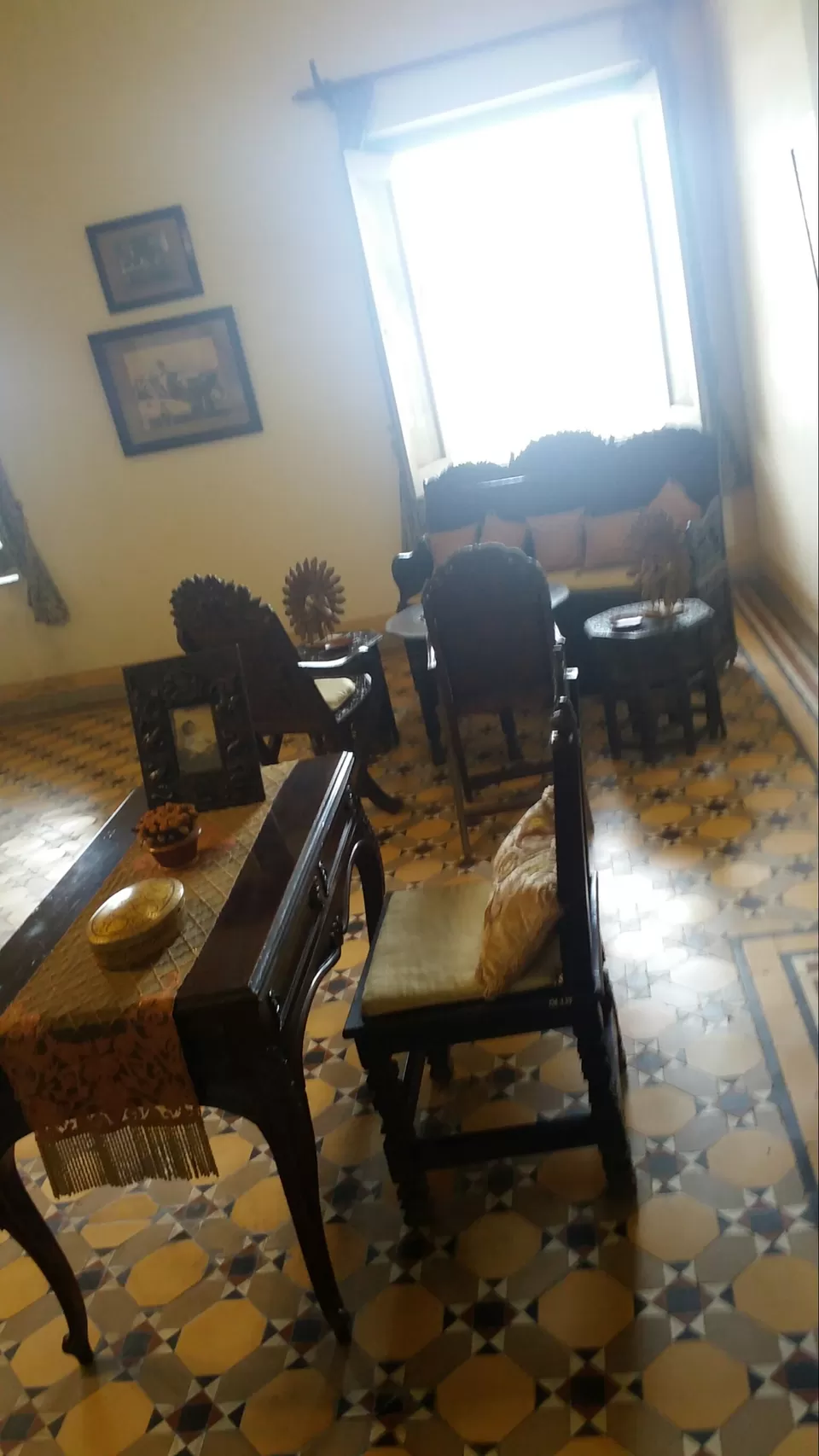
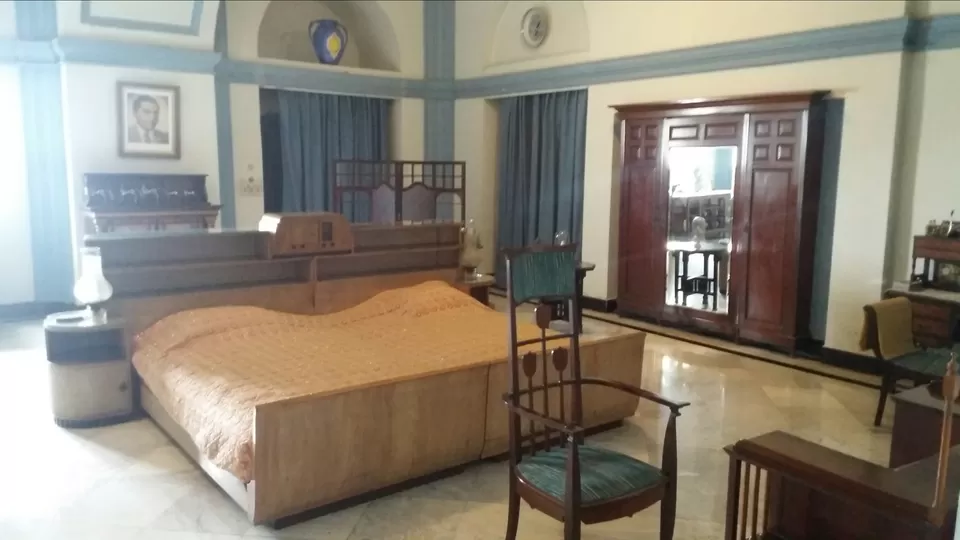
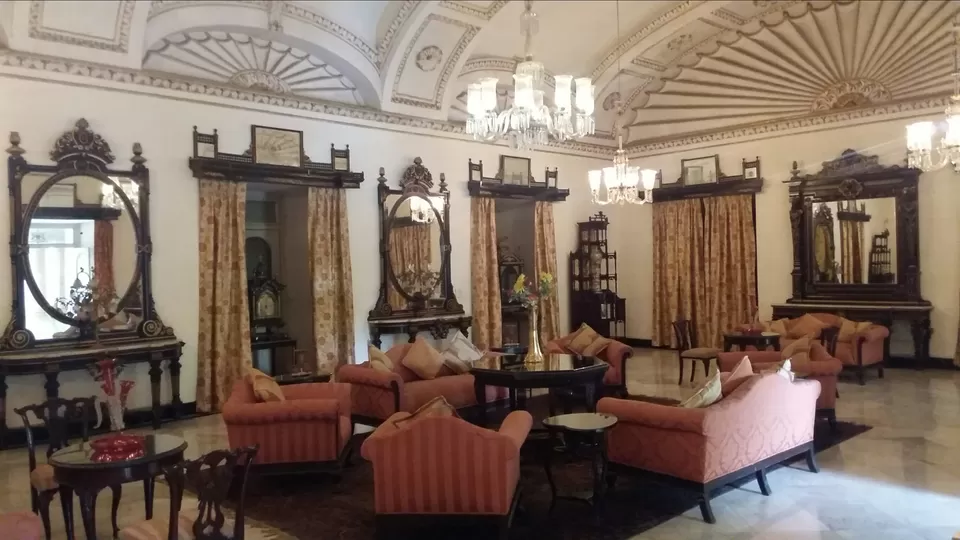
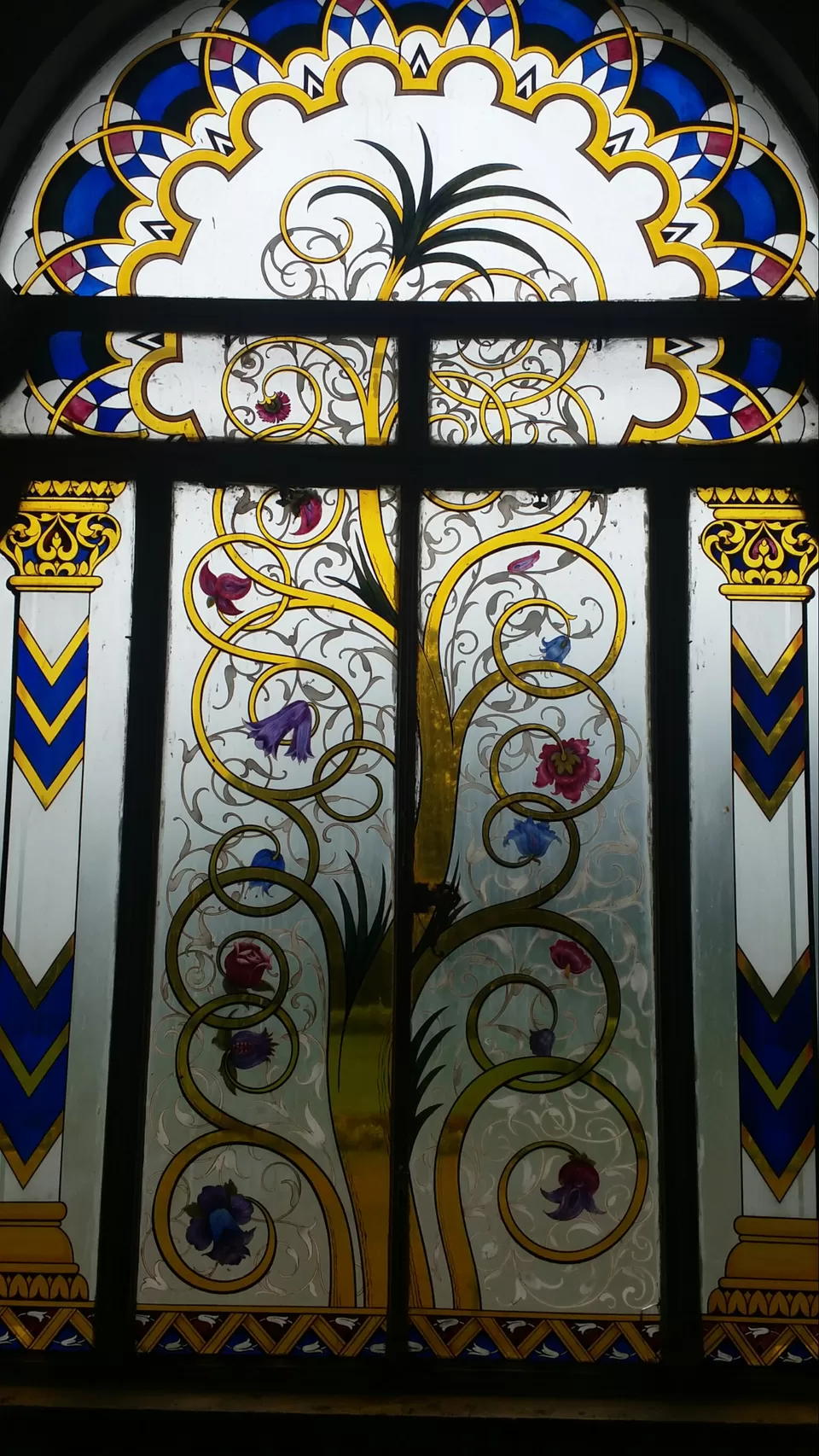
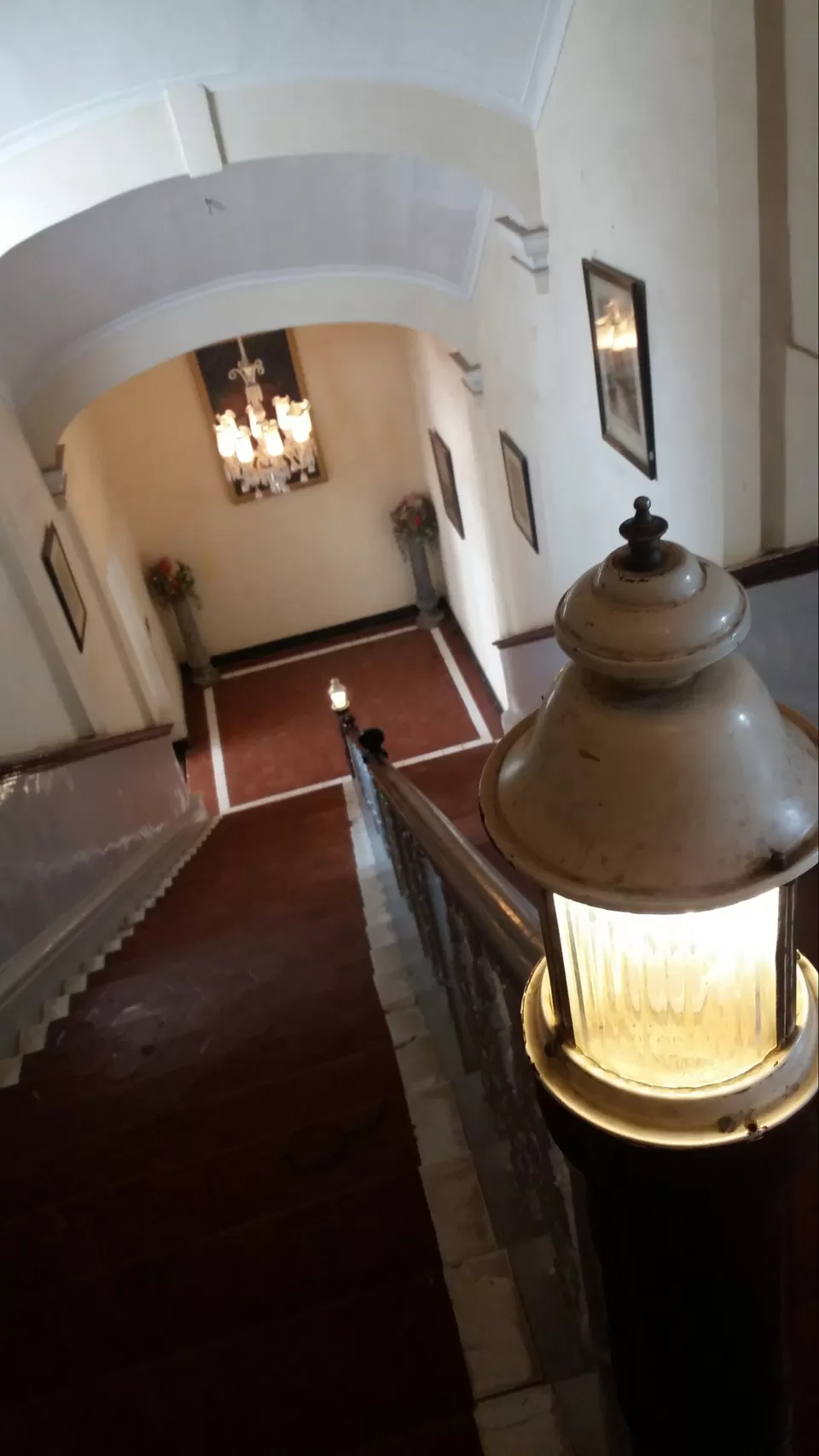
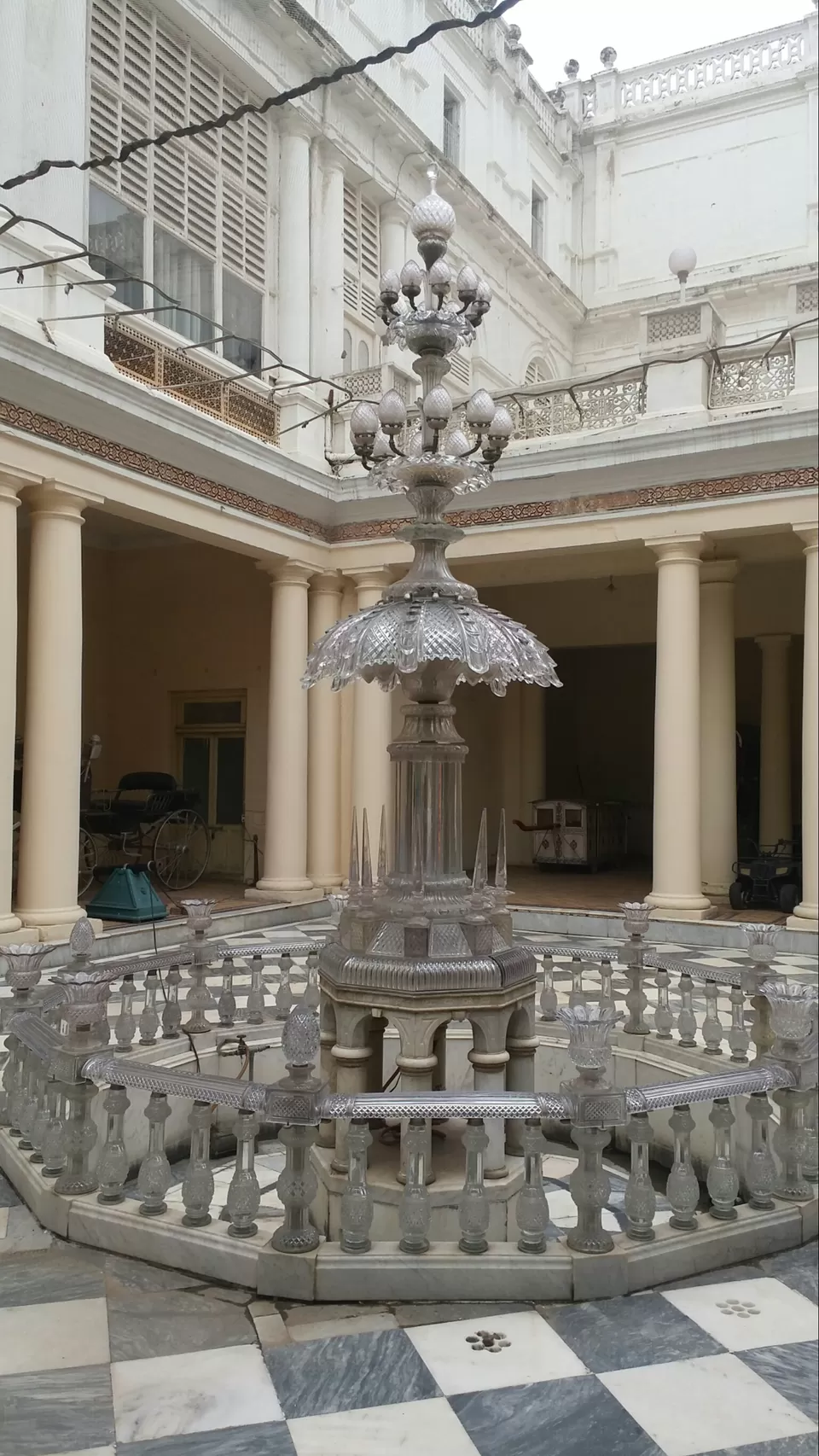
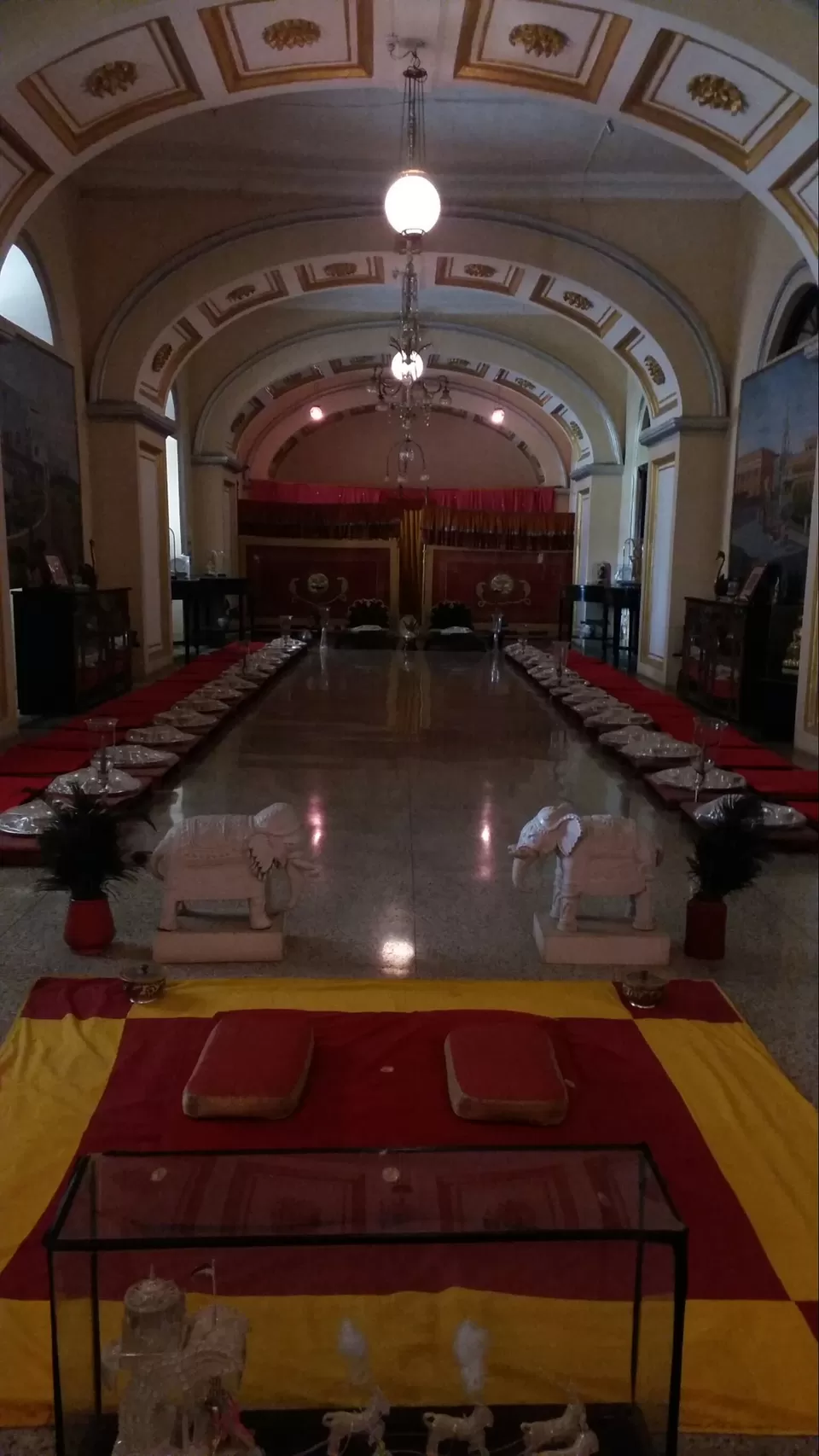
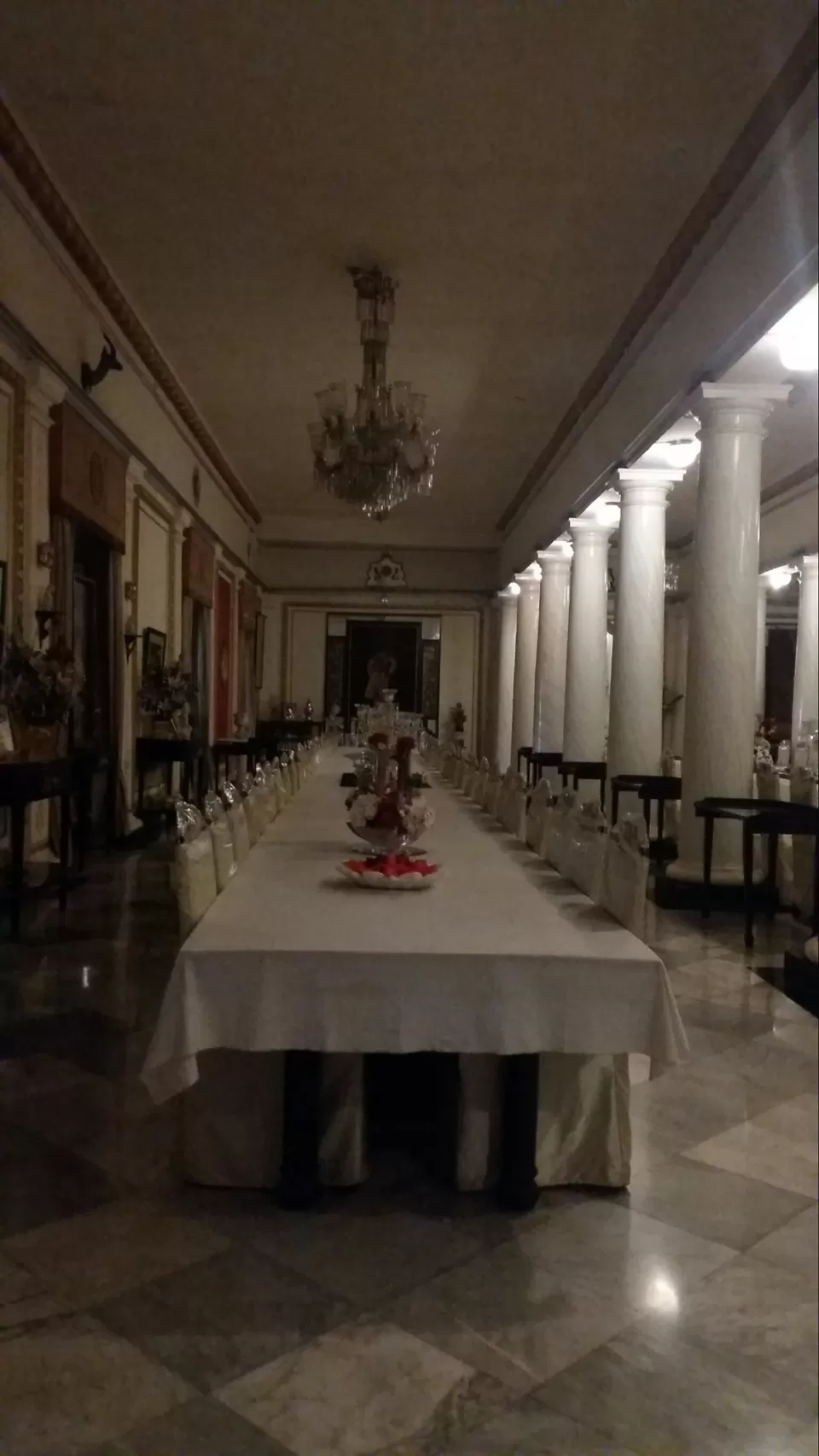
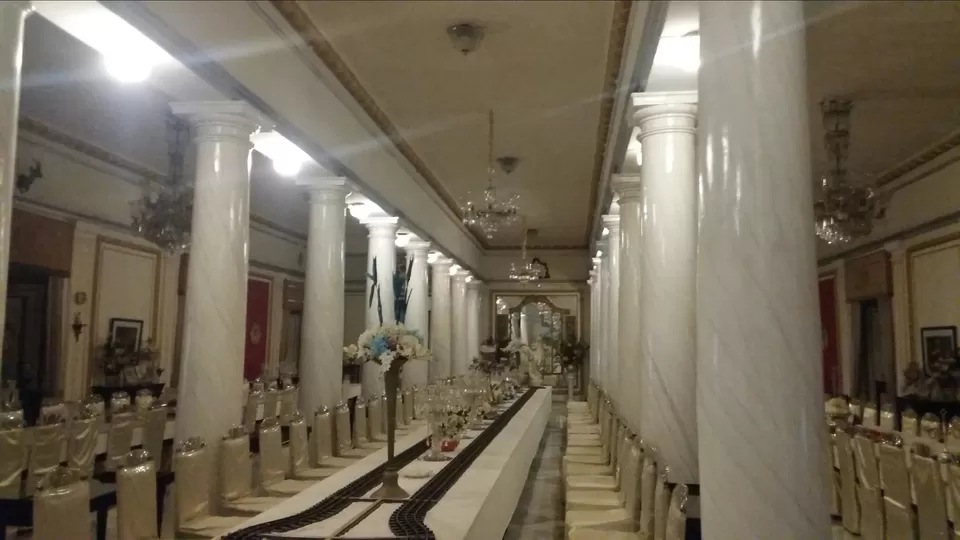
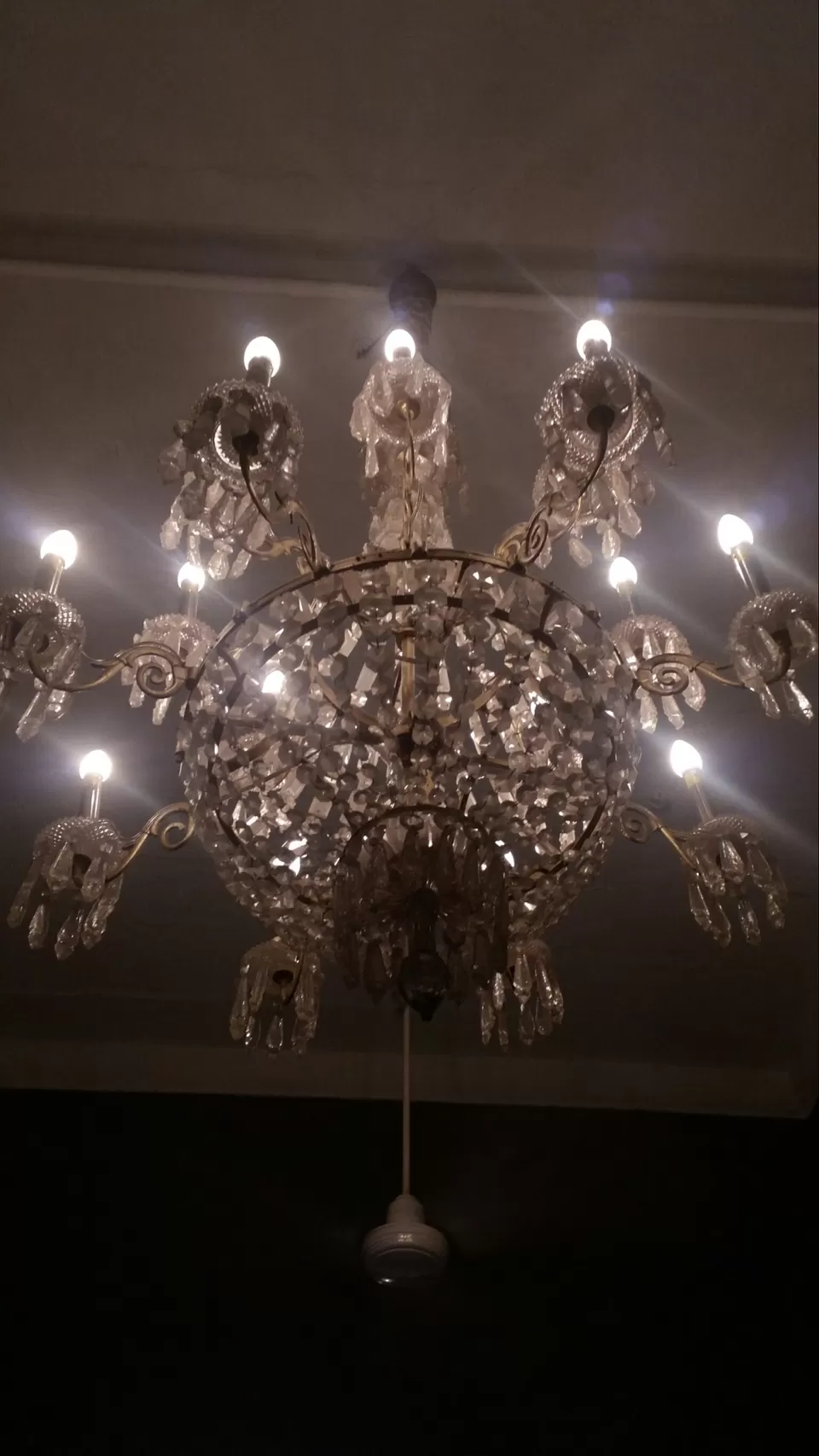
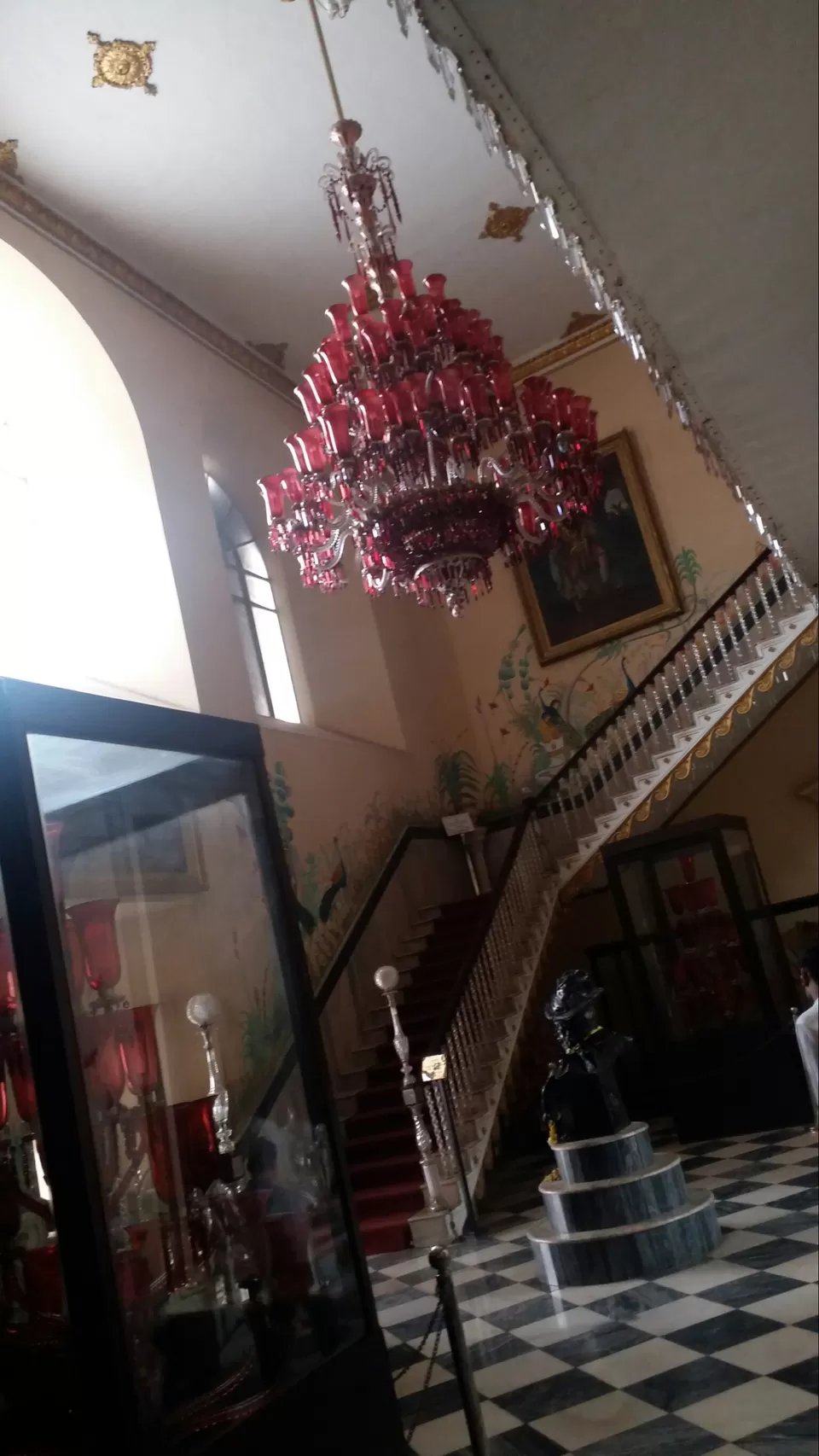
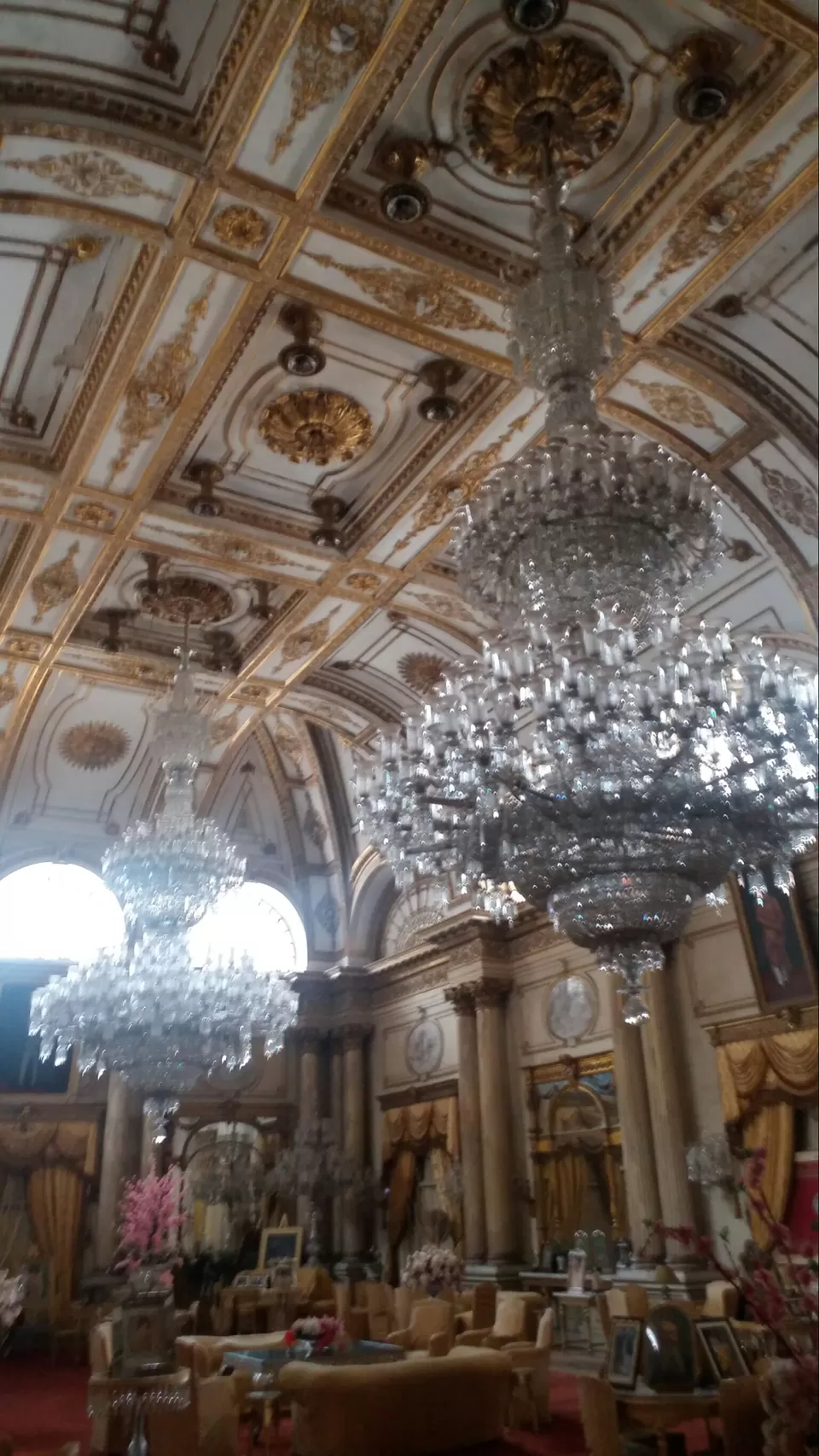
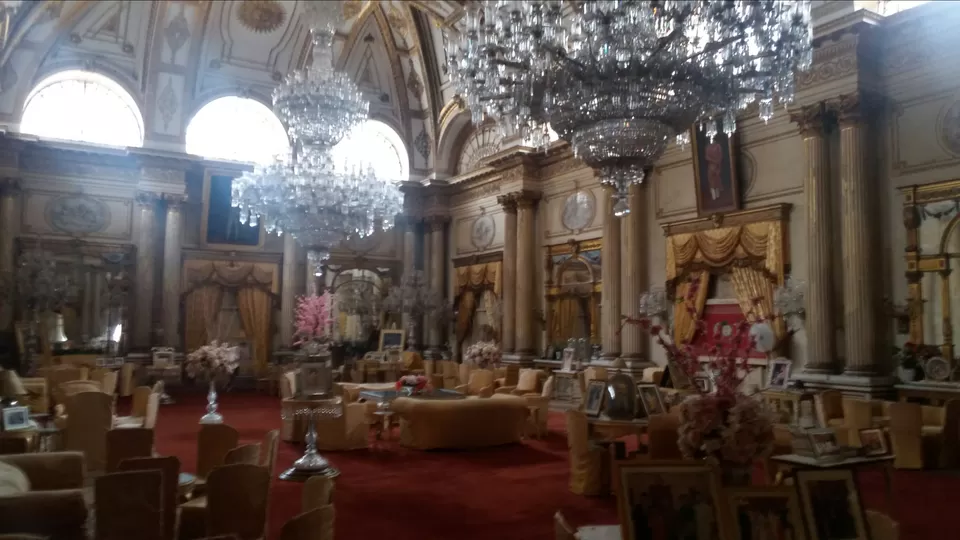
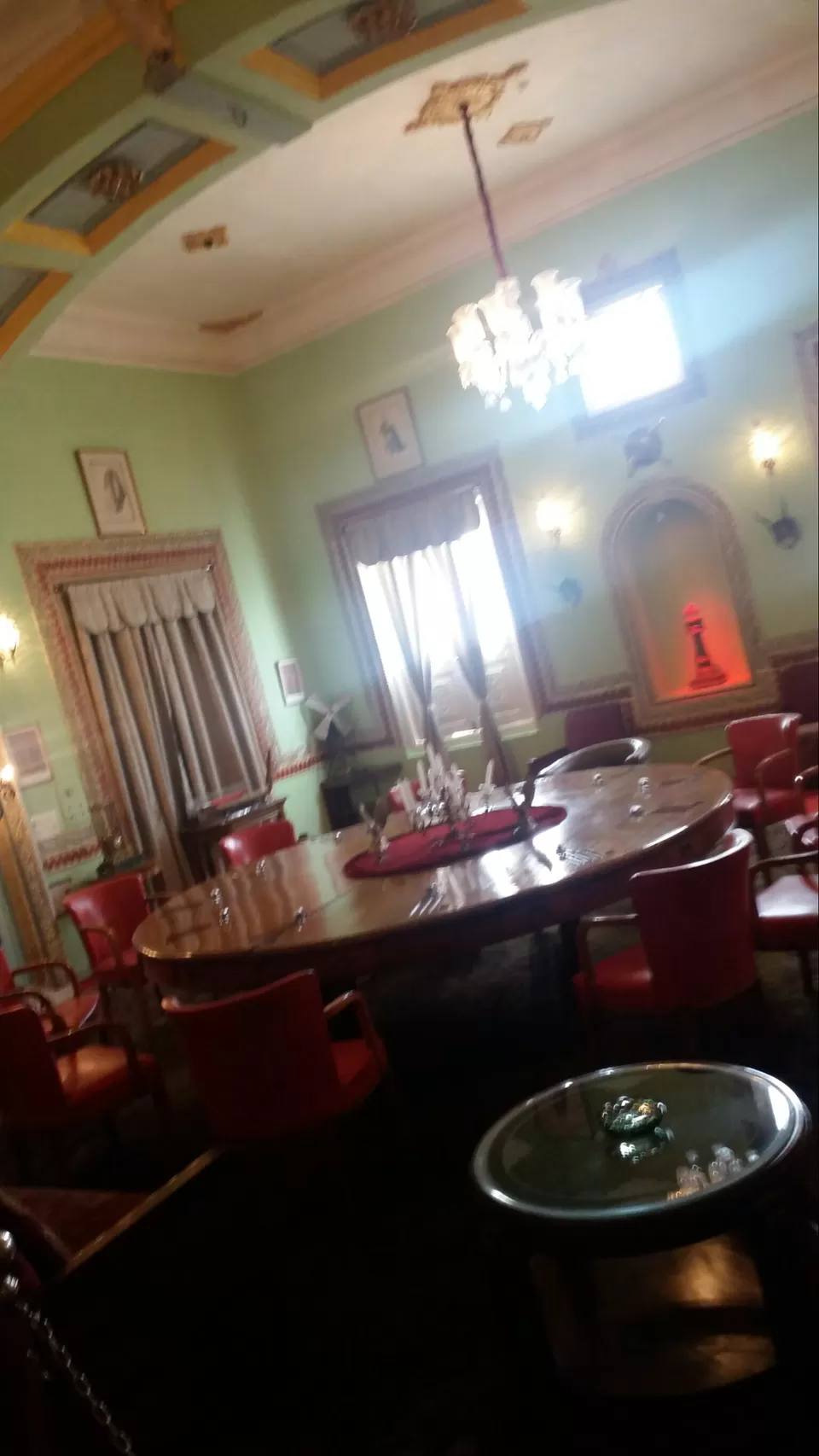
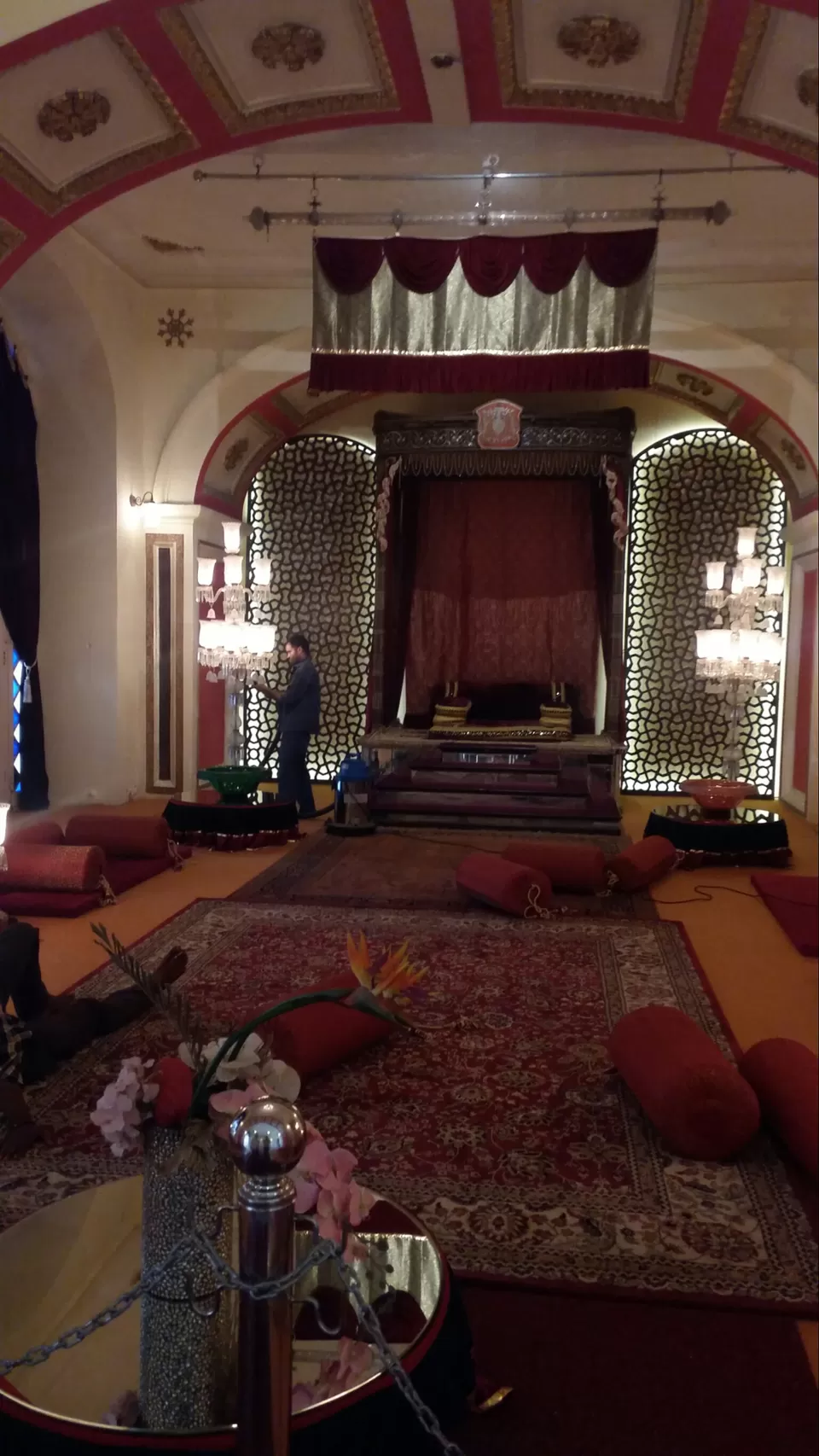
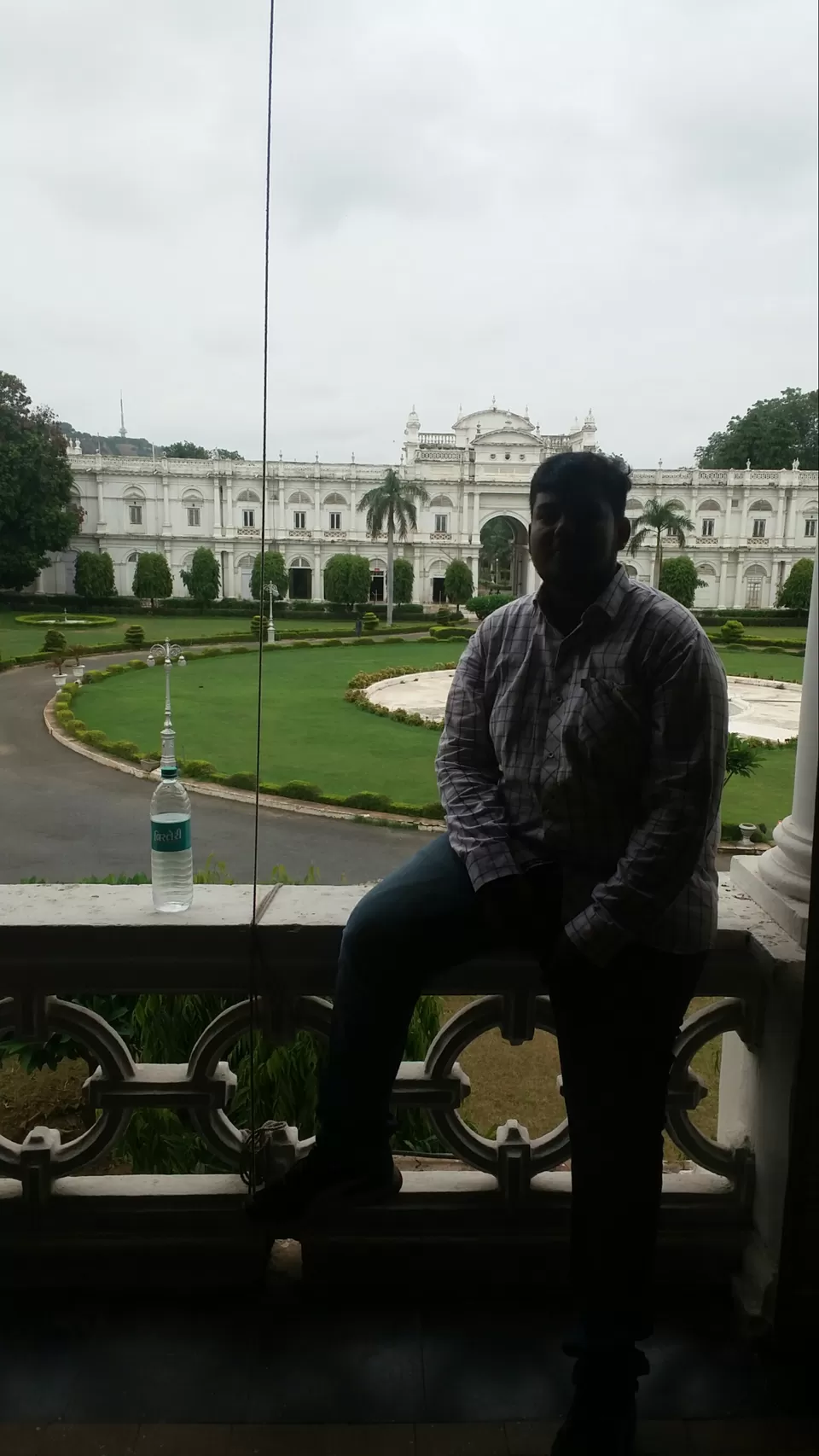
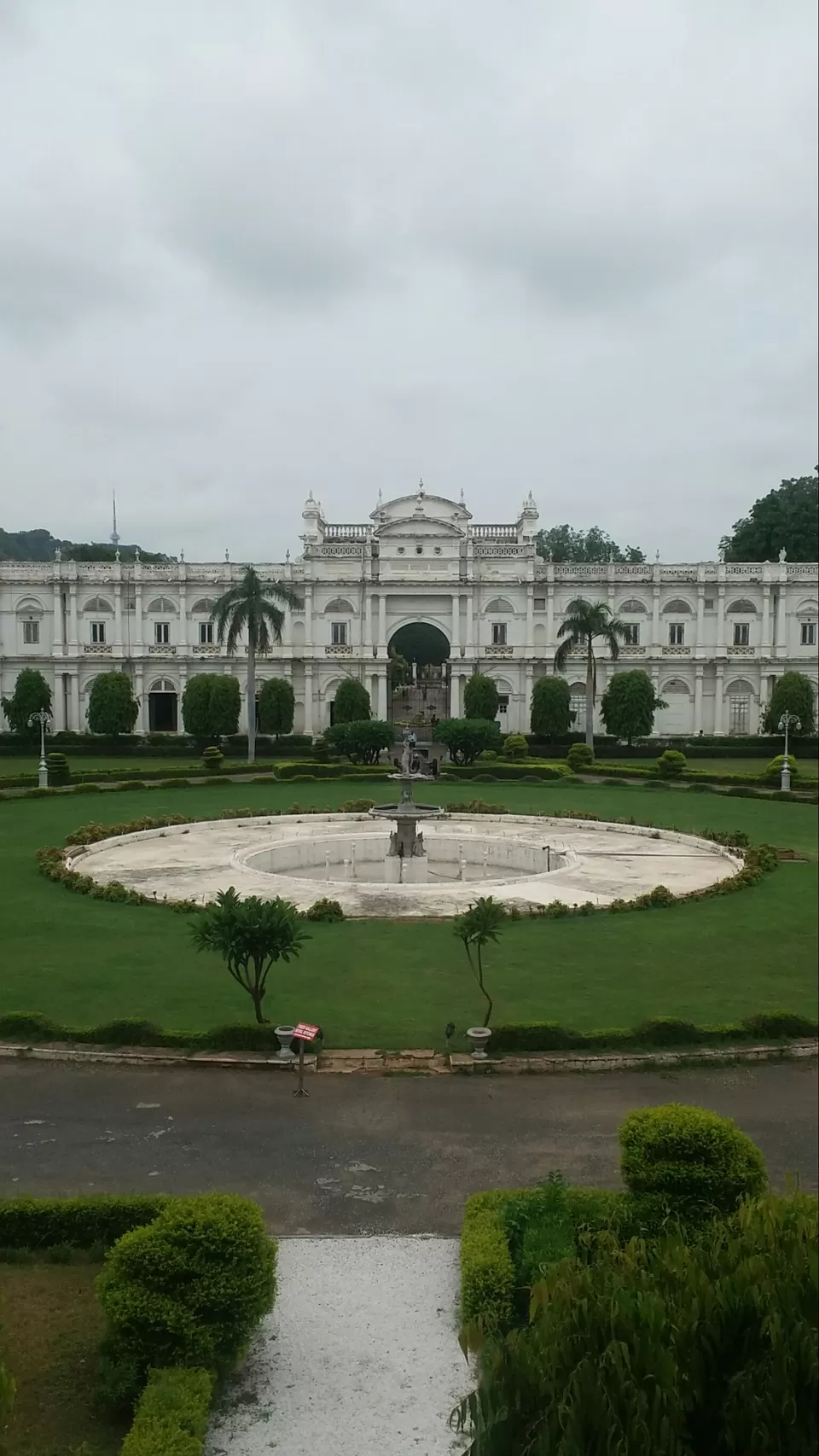
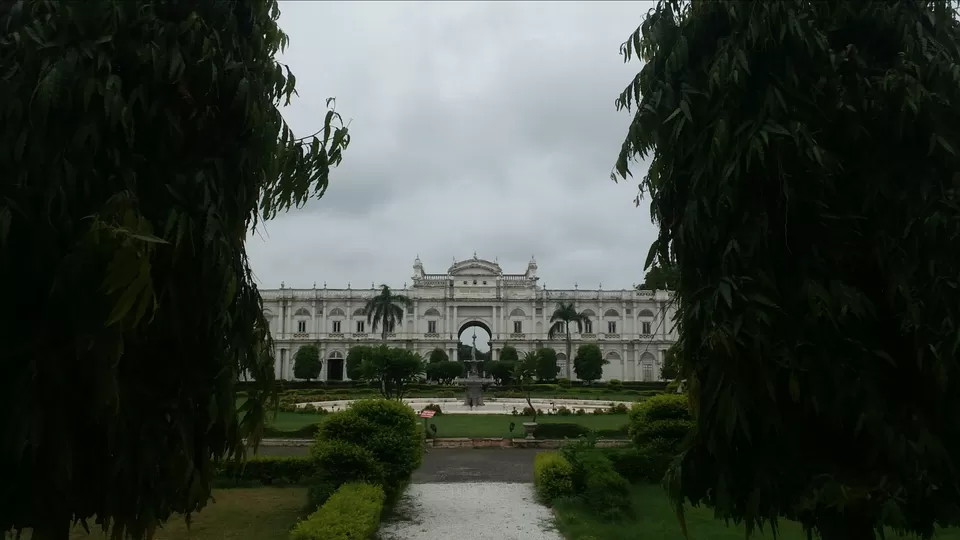
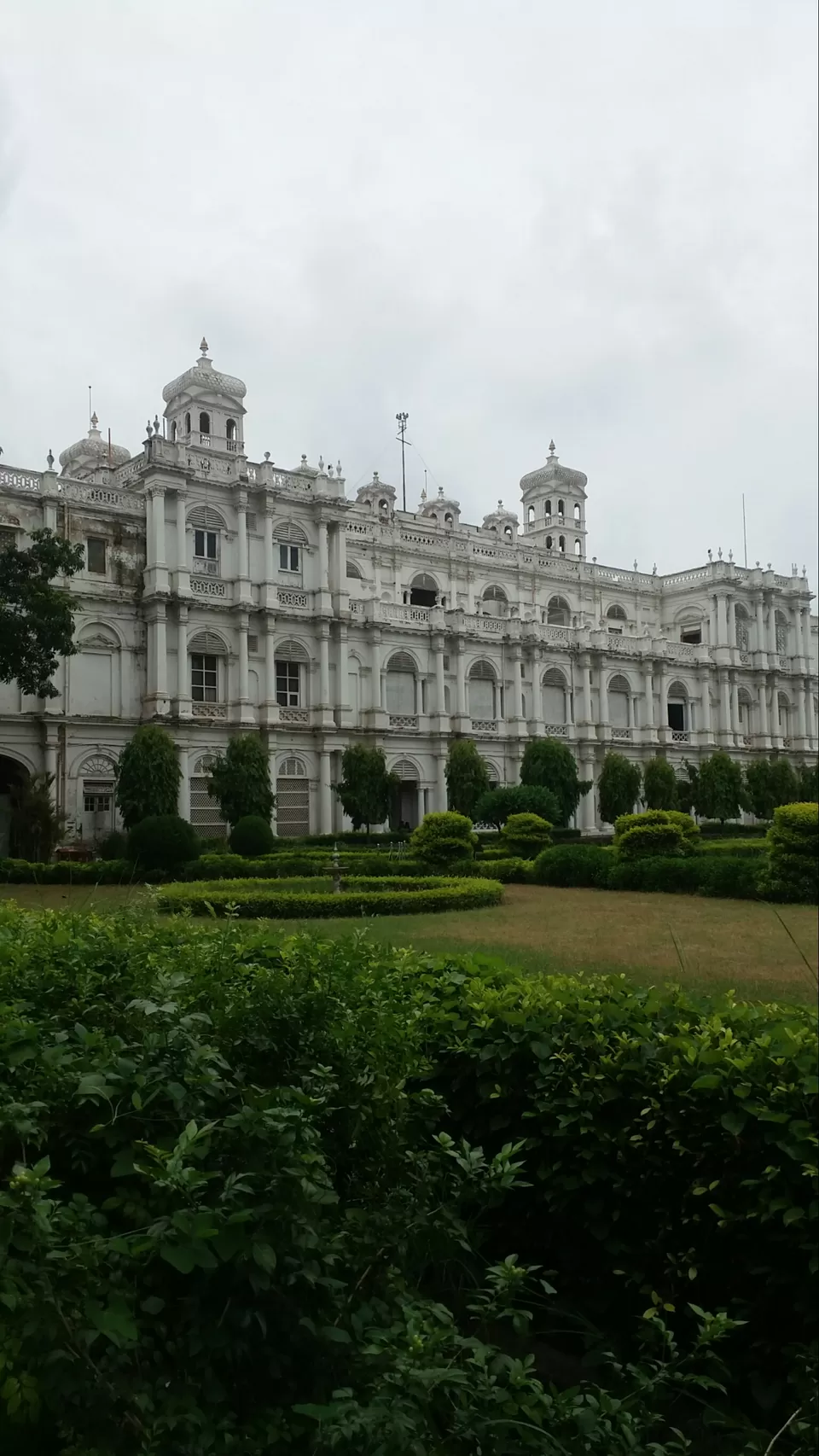
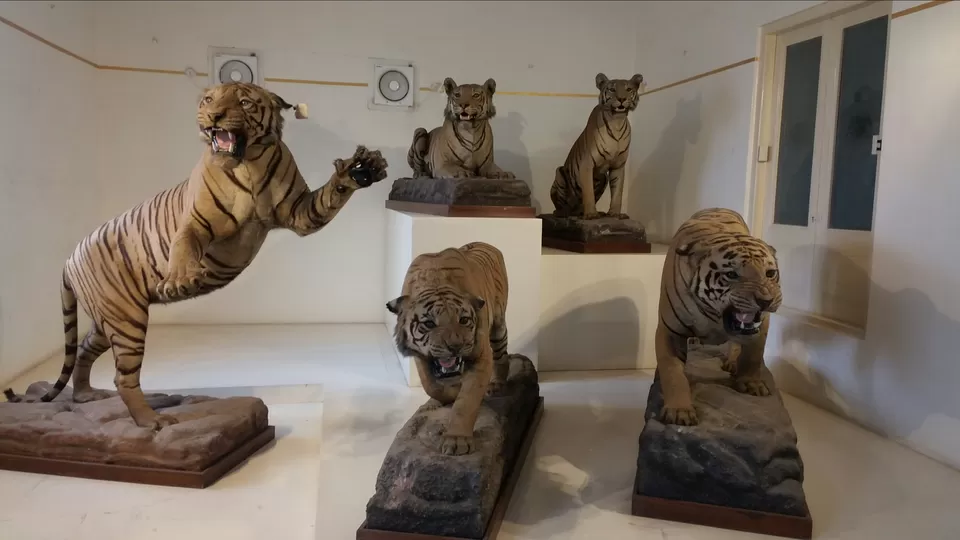
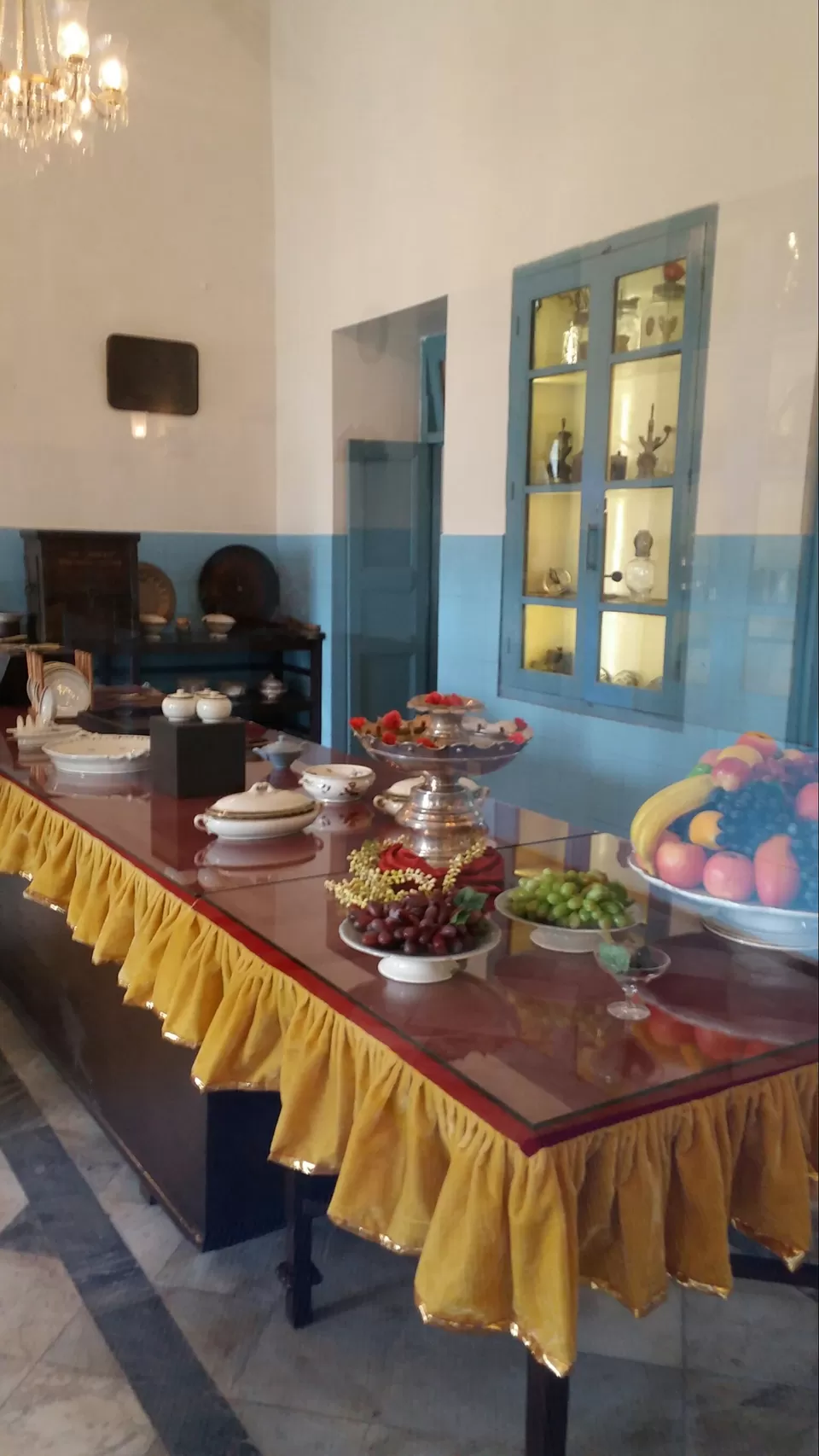
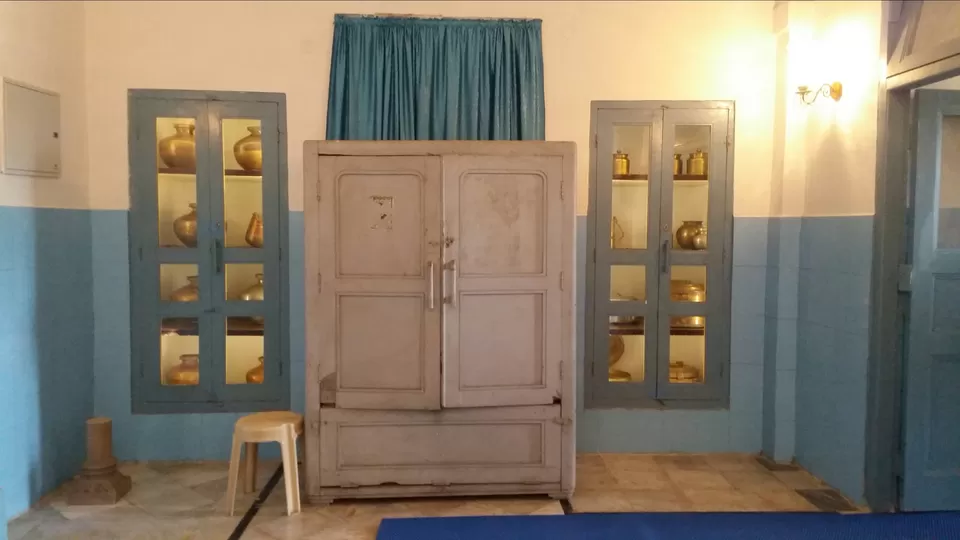
This is one of the worth visiting place in the Old city of Gwalior; built in 19th century by the Scindias. The palace has rich collections of Wall Paintings. The walls of this palace are featured with mosaic work of coloured glass and murals depicting the Ragas and Raginis of Indian Classical Music. The interior of the palace has beautiful tempera colours, paintings of Hindu Mythology, scenes from Darbars and Processions. It has over 300 rooms. Once this palace was was the Secretariat for the MP government. Now the building has offices of the State Government.
The palace is open for six days a week from Monday to Saturday during timings 10:00 AM - 10:00 PM. The entry is free for everyone. The palace is closed on Sunday. There is a small restaurant in the premises as well.
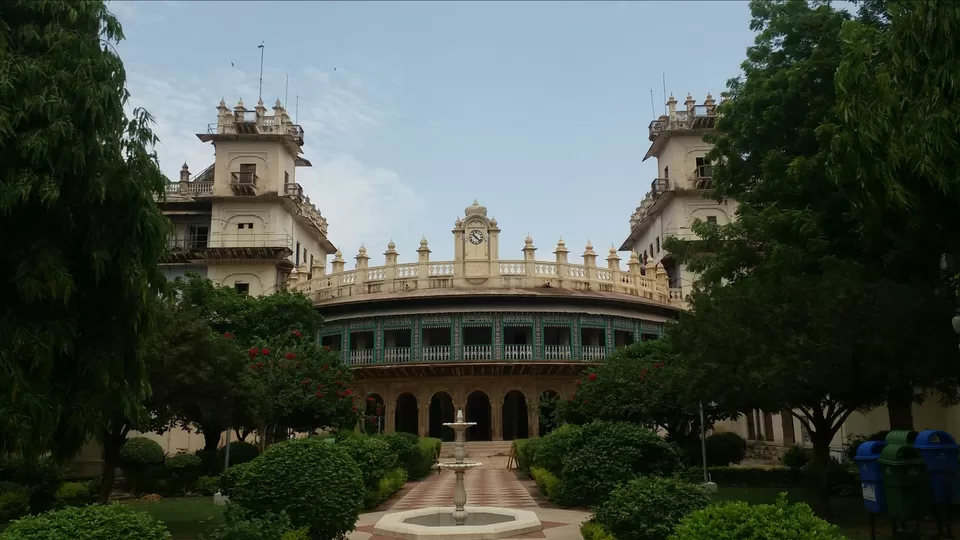
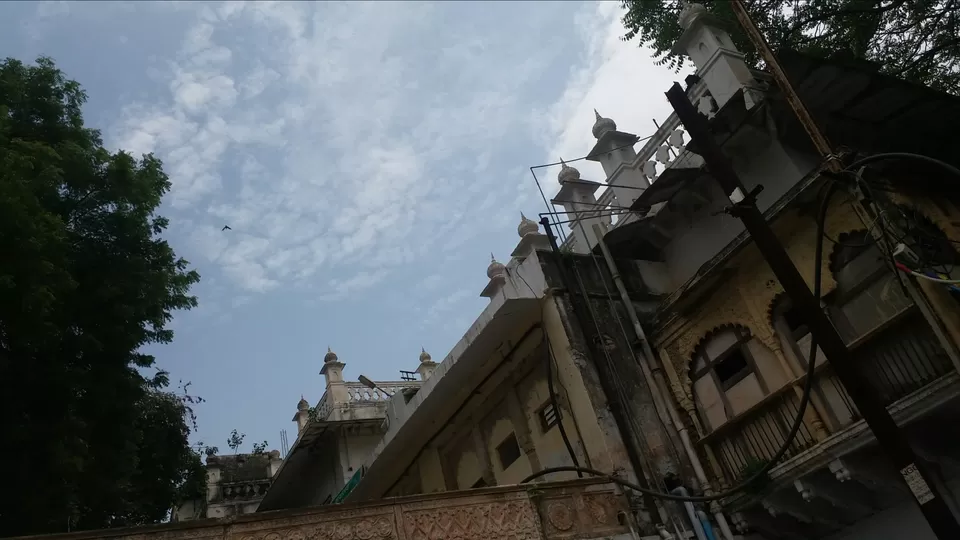
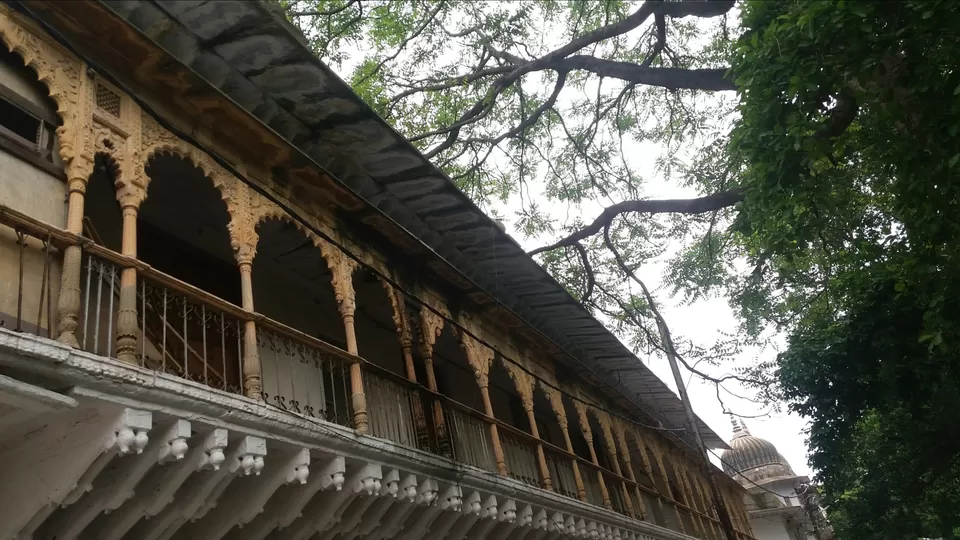
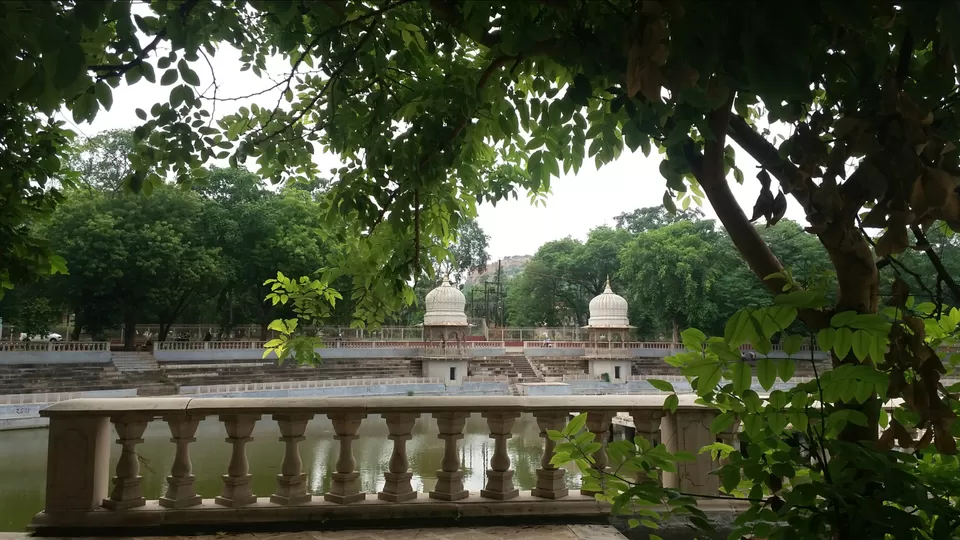
Gwalior Fort is two-mile-long with 35-feet-high walls and gorgeous interior. Built in the 8th century, the Gwalior Fort is perched on a hilltop. The defensive structure of the fort comprises two main palaces, temples and water tanks. Its rampart is built around the edge of the hill, connected by six bastions or towers. The profile of the fort has an irregular appearance due to the undulating ground beneath.
There are two gates; one on the northeast side with a long access ramp and the other on the southwest. The main entrance is the ornate Elephant gate (Hathi pul). The other is the Badalgarh Gate.
Formoest of all The Man Singh Palace, built by king Man Singh. The Palace has an outstanding design. with blue ceramic tiles at the front facade. The Man Mandir palace is located at the northeast end of the fort. It was built in the 15th century and refurbished in 1648. Man Mandir is often referred as a Painted Palace because the painted effect of the Man Mandir Palace is due to the use of styled tiles of turquoise, green and yellow used extensively in a geometric pattern.
To complement the Man Singh Palace, the Gwalior Fort complex also houses the Gujari Mahal. This was built by Raja Man Singh for his Gujar Queen, Mrignayani as She demanded a separate palace for herself with a regular water supply through an aqueduct from the nearby Rai River. Gujari Mahal is a monument of love. The palace now has an archaeological museum that has a large collection of Hindu and Jain sculptures, archaeological pieces from the 1st and the 2nd century B.C .
The Karn mahal was built by the second king of the Tomar dynasty, Kirti Singh. He was also known as Karn Singh, hence the name of the palace.
The Vikram mahal (also known as the Vikram mandir, as it once hosted a temple of Lord Shiva) was built by Vikramaditya Singh, the elder son of King Mansingh. He was a devotee of shiva.The temple was destroyed during Mughal period but now has been re-established in the front open space of the Vikram mahal.
Other notable structures in the majestic Gwalior Fort is the Jahangir Mahal and Shahjahan Mahal.
HISTORY:
The gwalior fort has a rich history itself, As it was the prime defence system The king who had the control of the Fort had control over whole Gwalior. Several wars were fought to capture this fort many suceeded many did not. In 1022 CE, Mahmud Ghazni sieged the fort for four days. Later he lifted the siege in return for a tribute of 35 elephants. Qutab al-din Aibak, who later became a ruler of the Delhi , captured the fort in 1196 after a long siege. The Delhi Sultanate lost the fort for a short period before it was recaptured by Iltutmish in 1231 CE. In 1231 Iltutmish captured Gwalior fort after an 11-month-long effort and from then till the 13th century it remained under Muslim rule. In 1375, Raja Veer Singh was made the ruler of Gwalior and he founded the rule of the Tomar dynasty. During those years, Gwalior saw its golden period. The Delhi Sultan Sikander Lodi tried to capture the fort in 1505 but was unsuccessful. Another attack, by his son Ibrahim Lodi in 1516, resulted in Maan Singh's death. The Tomars ultimately surrendered the fort to the Delhi Sultanate after a year-long siege. Within a decade, the Mughal emperor Babur captured the fort from the Delhi Sultanate. The Mughals lost the fort to Sher Shah Suri in 1542. Akbar recaptured it in 1558. Akbar made the fort a prison for political prisoners. After death of Aurangzeb Marathas captured the fort untill 1780 when The East India Company captured the Fort. Marathas recaptured the fort four years later and till 1844 there was frequent change of control between The Marathas and the British. In January 1844, after the battle of Maharajpur, the fort was occupied by Scindia family. The British took control of the fort in June 1858. By 1886, the British were in complete control of India, and the fort no longer had any strategic importance to them. Therefore, they handed over the fort to the Scindia family. Scindias continued to rule Gwalior untill 1947.
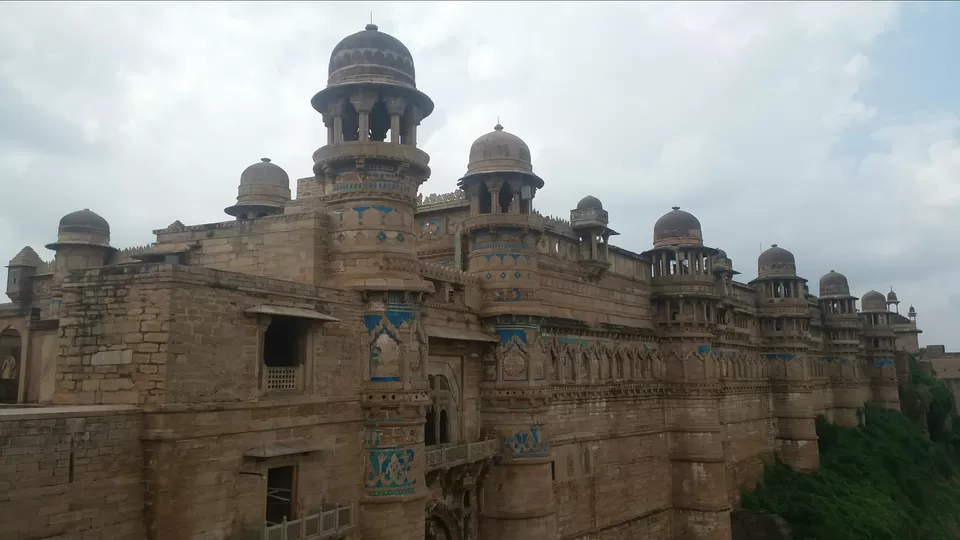
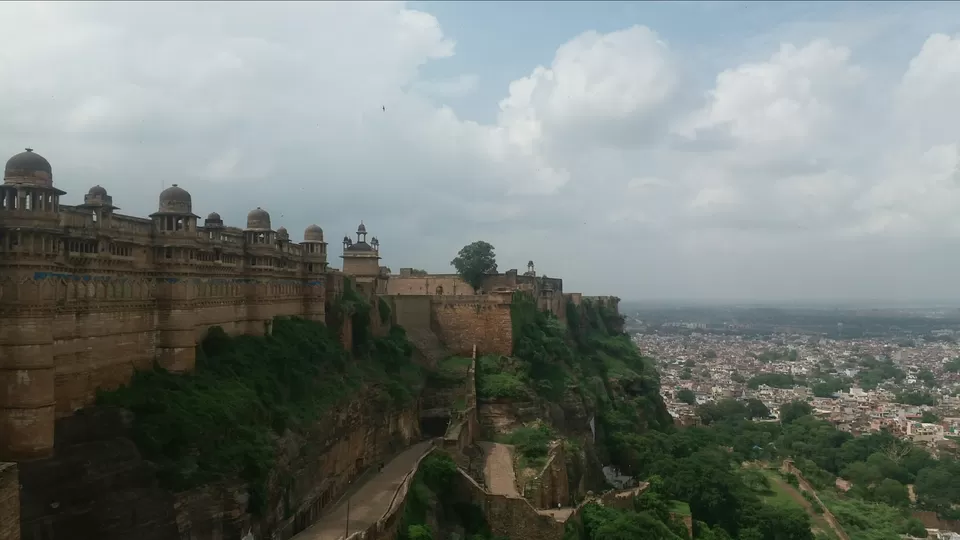
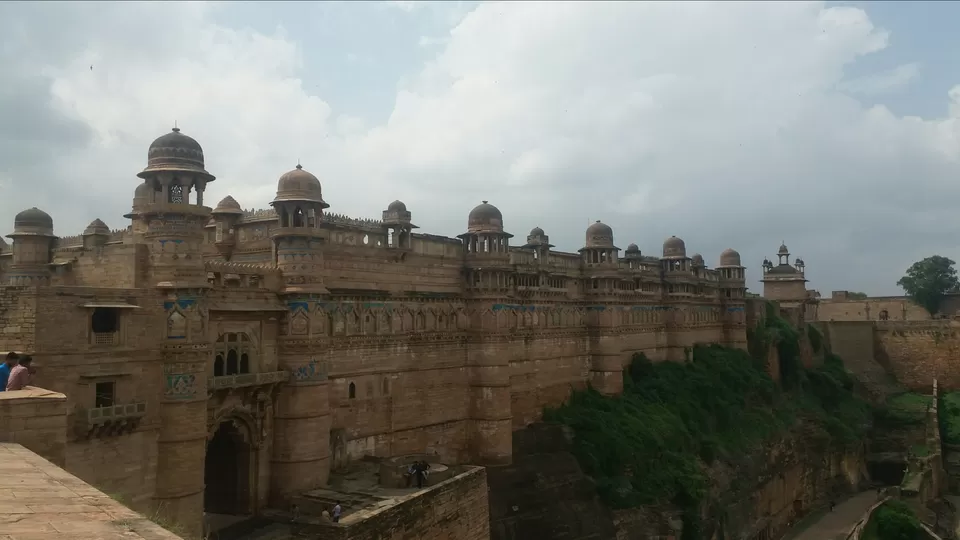

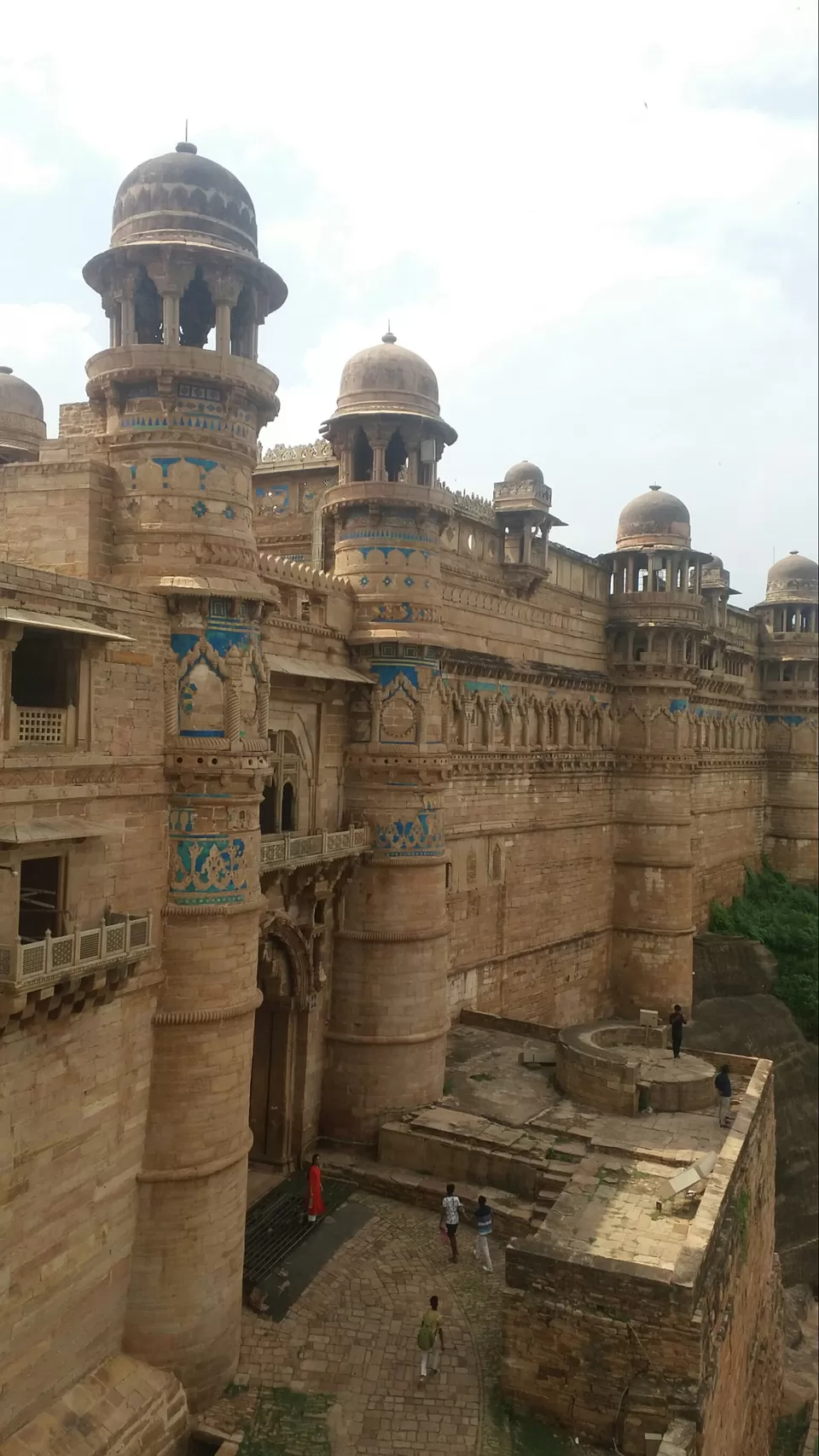
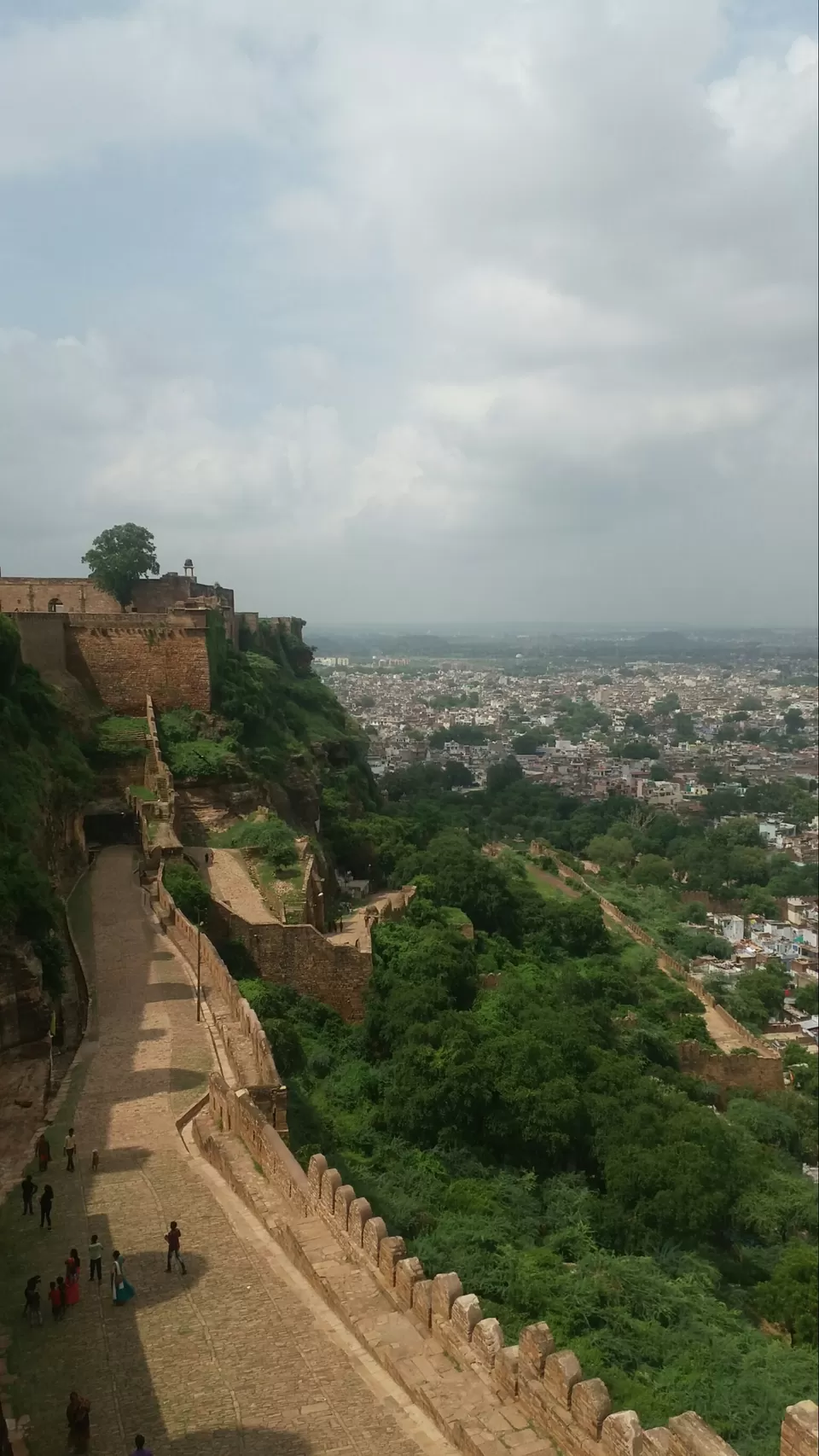
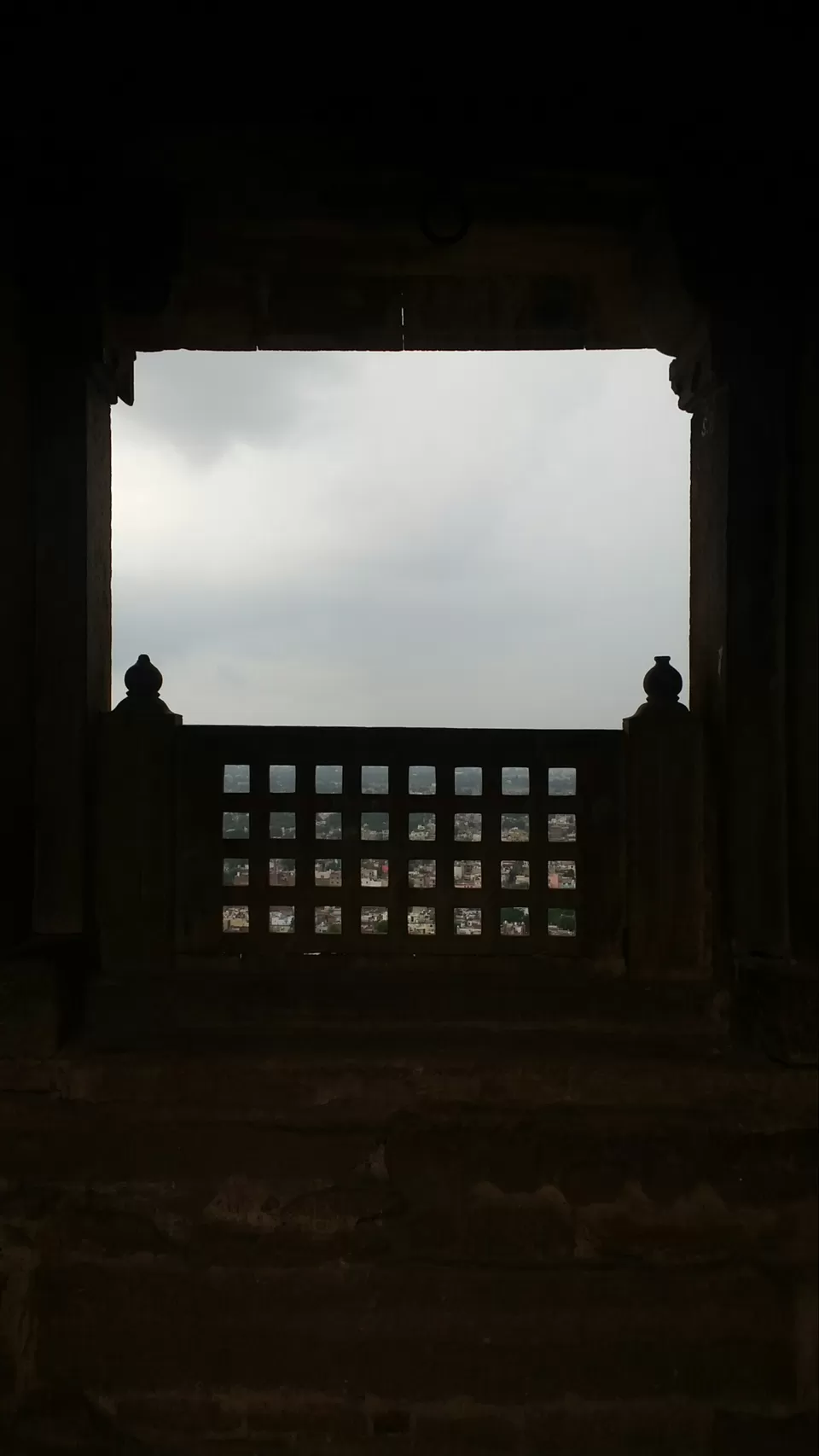
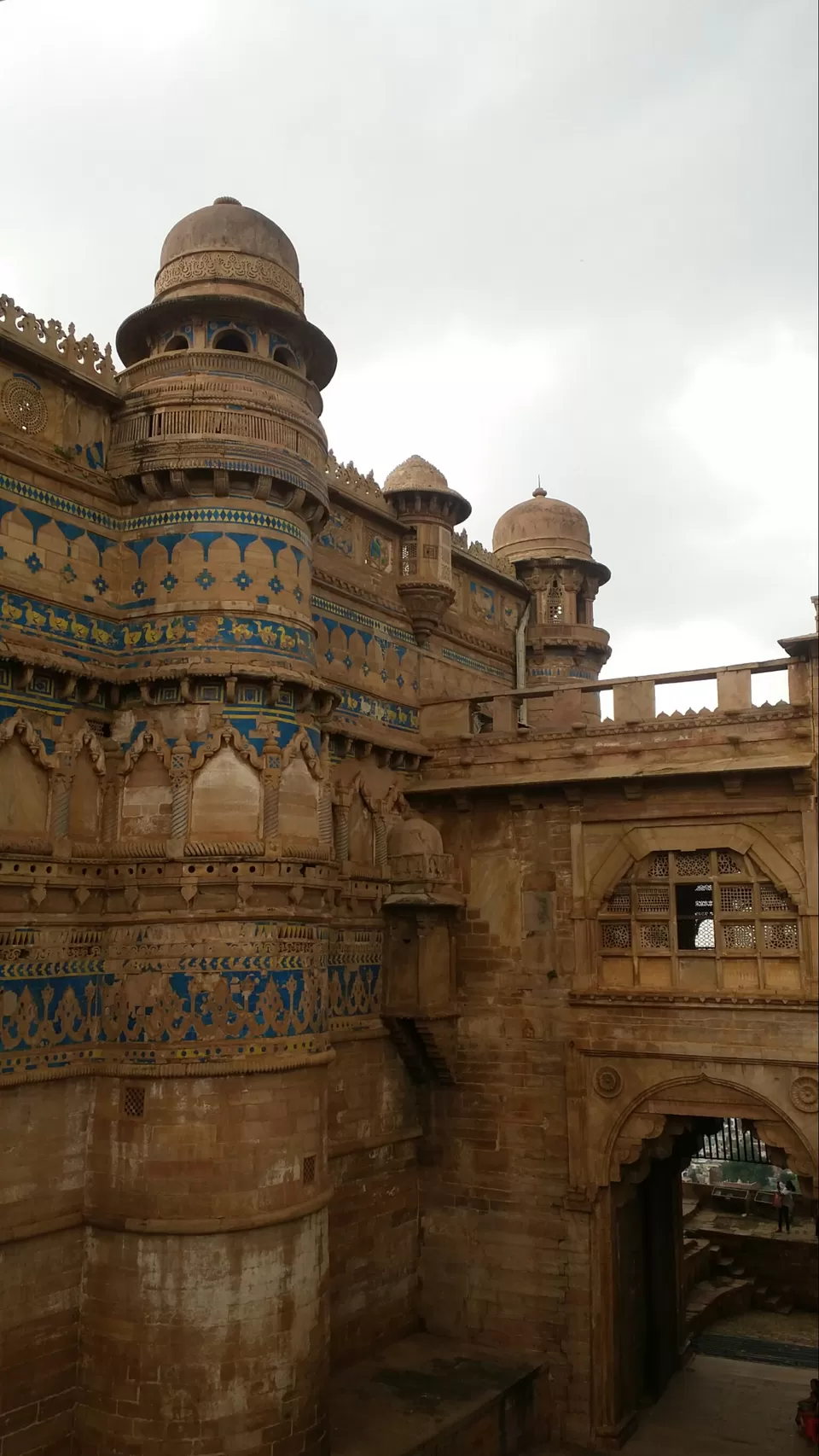
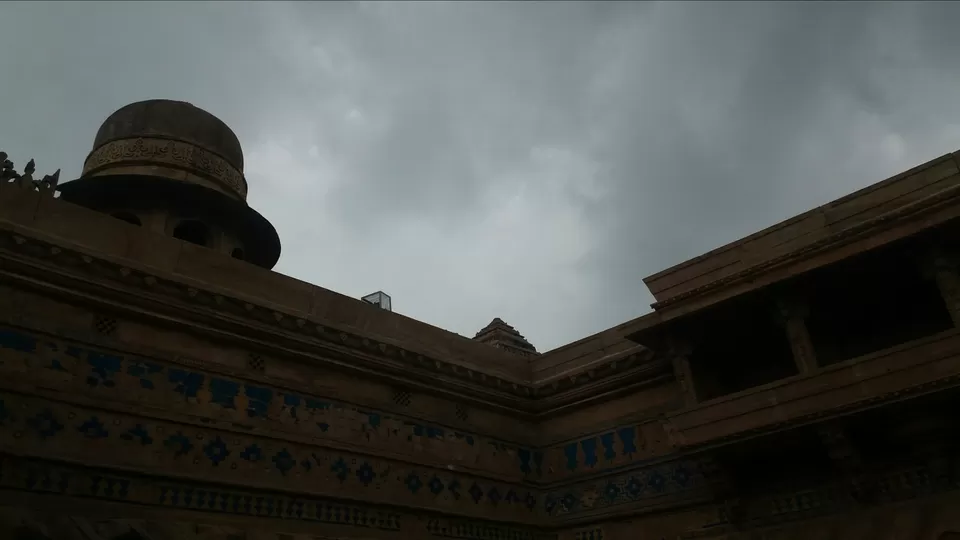
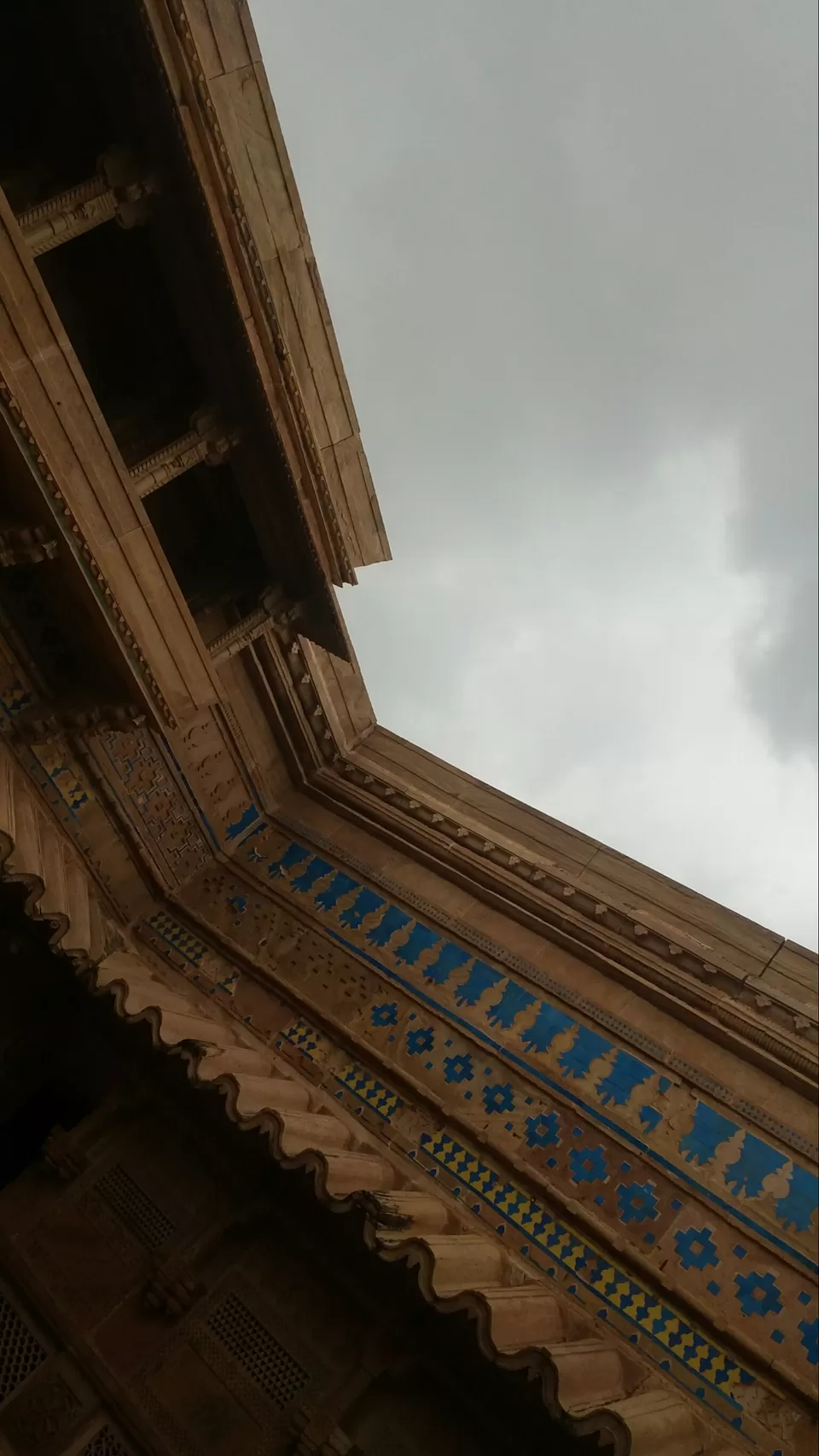
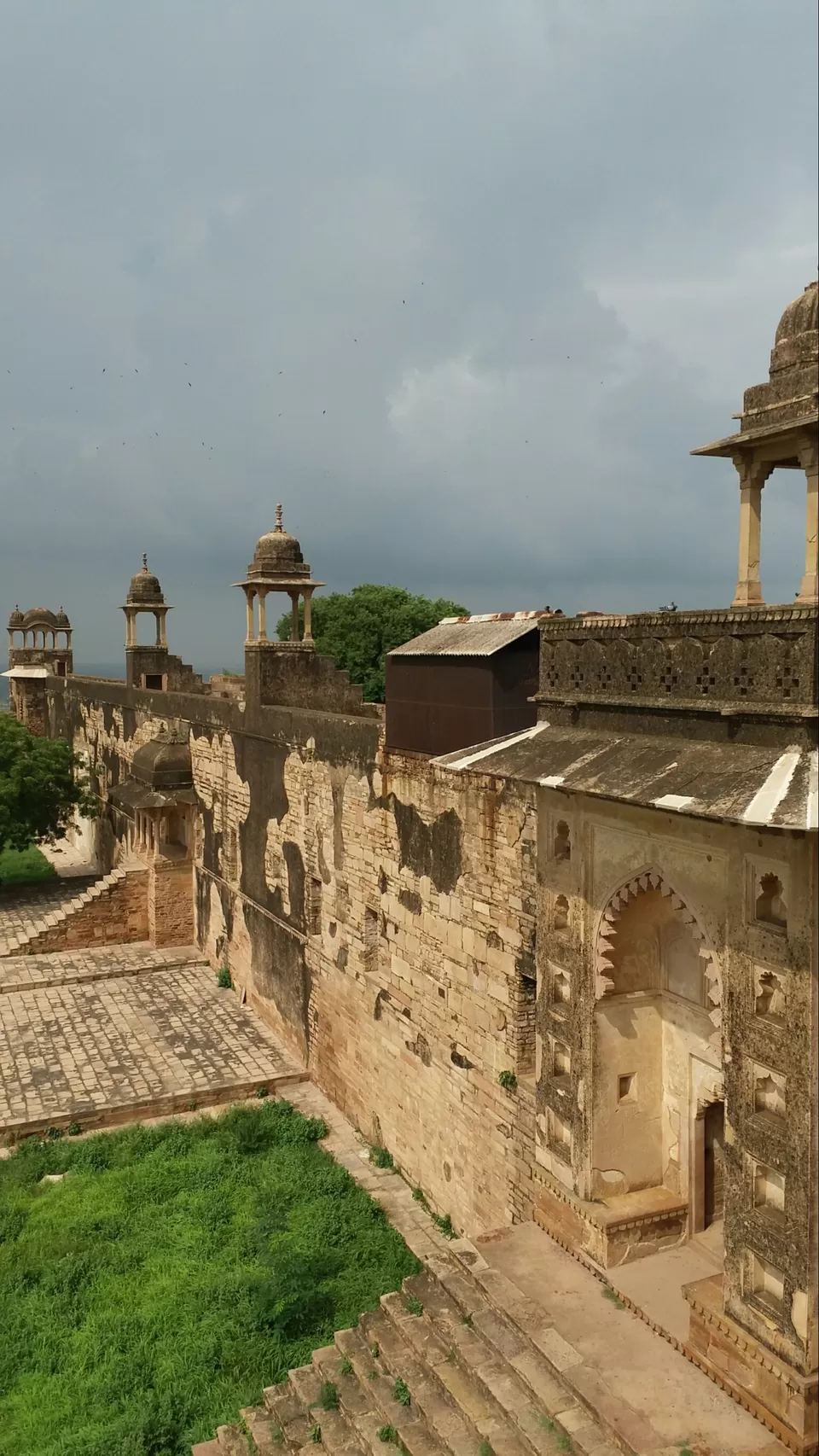
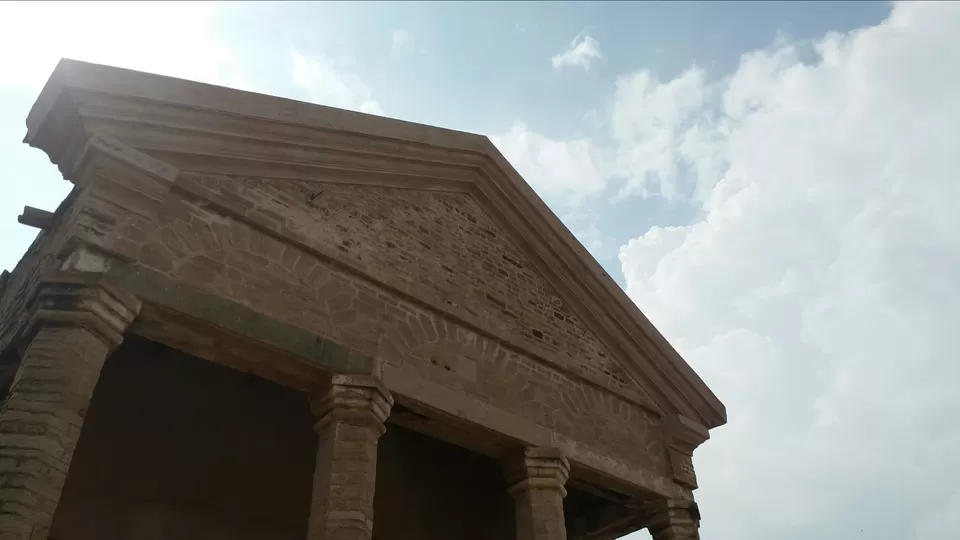
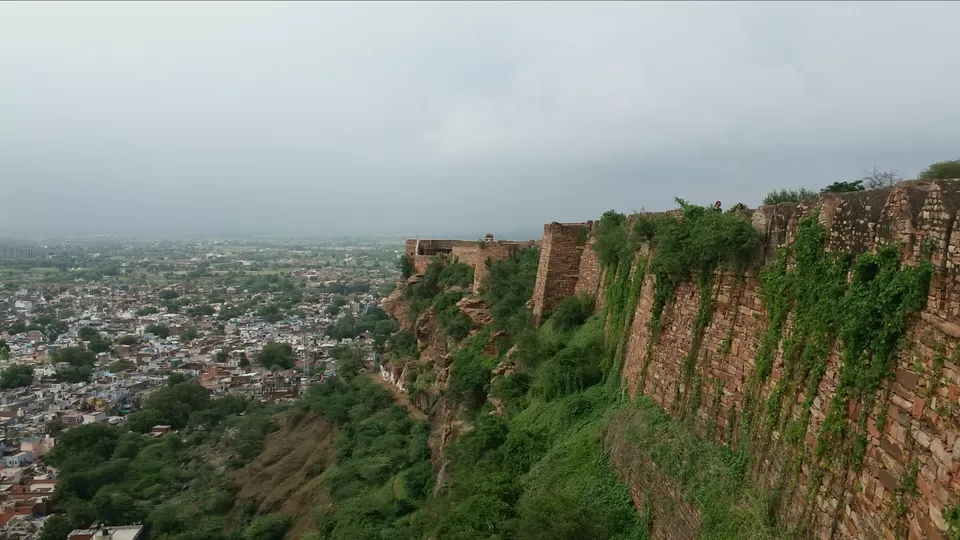
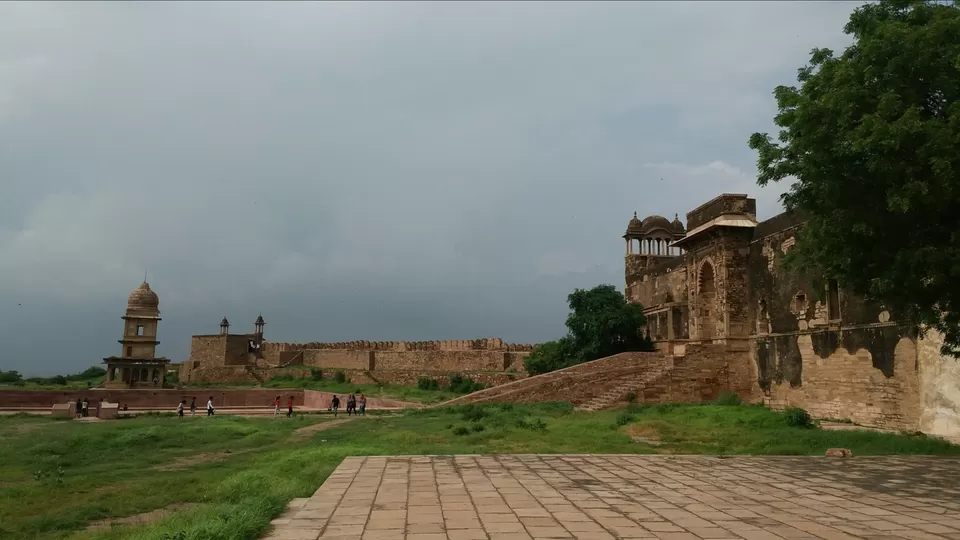
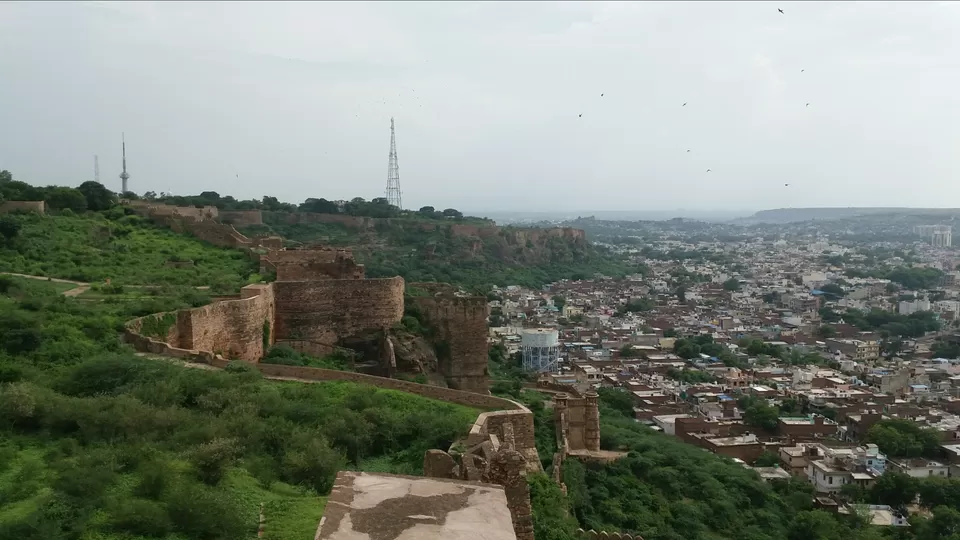
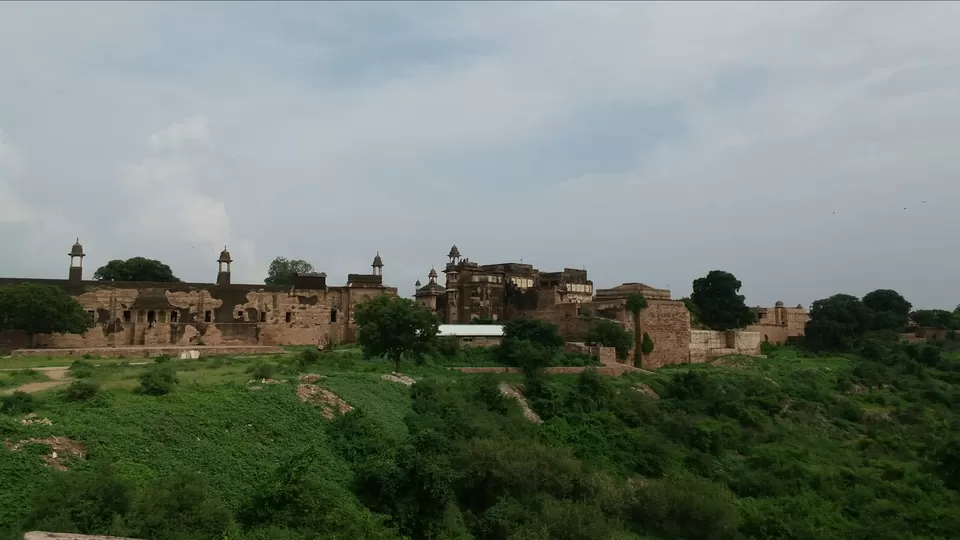
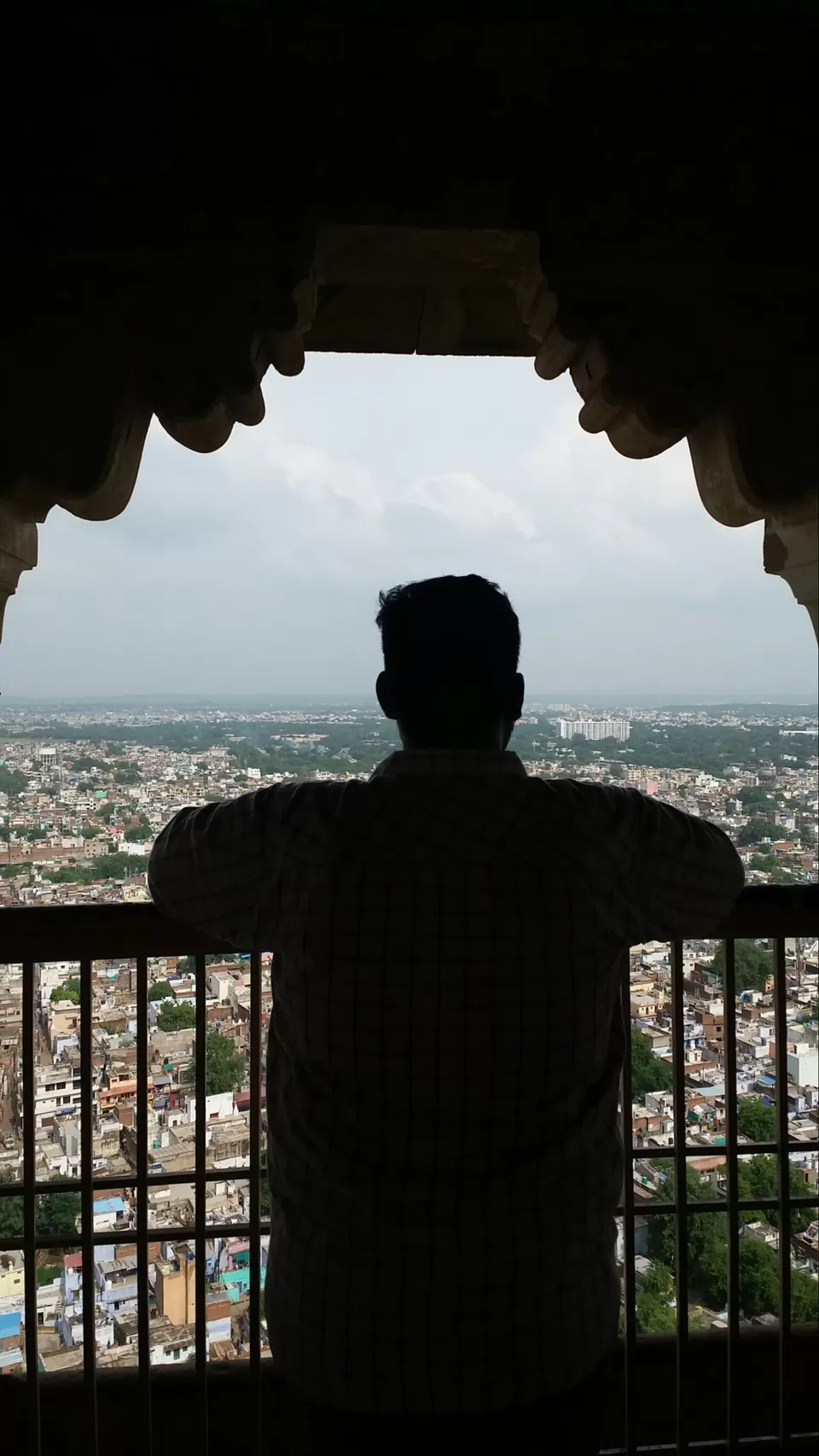
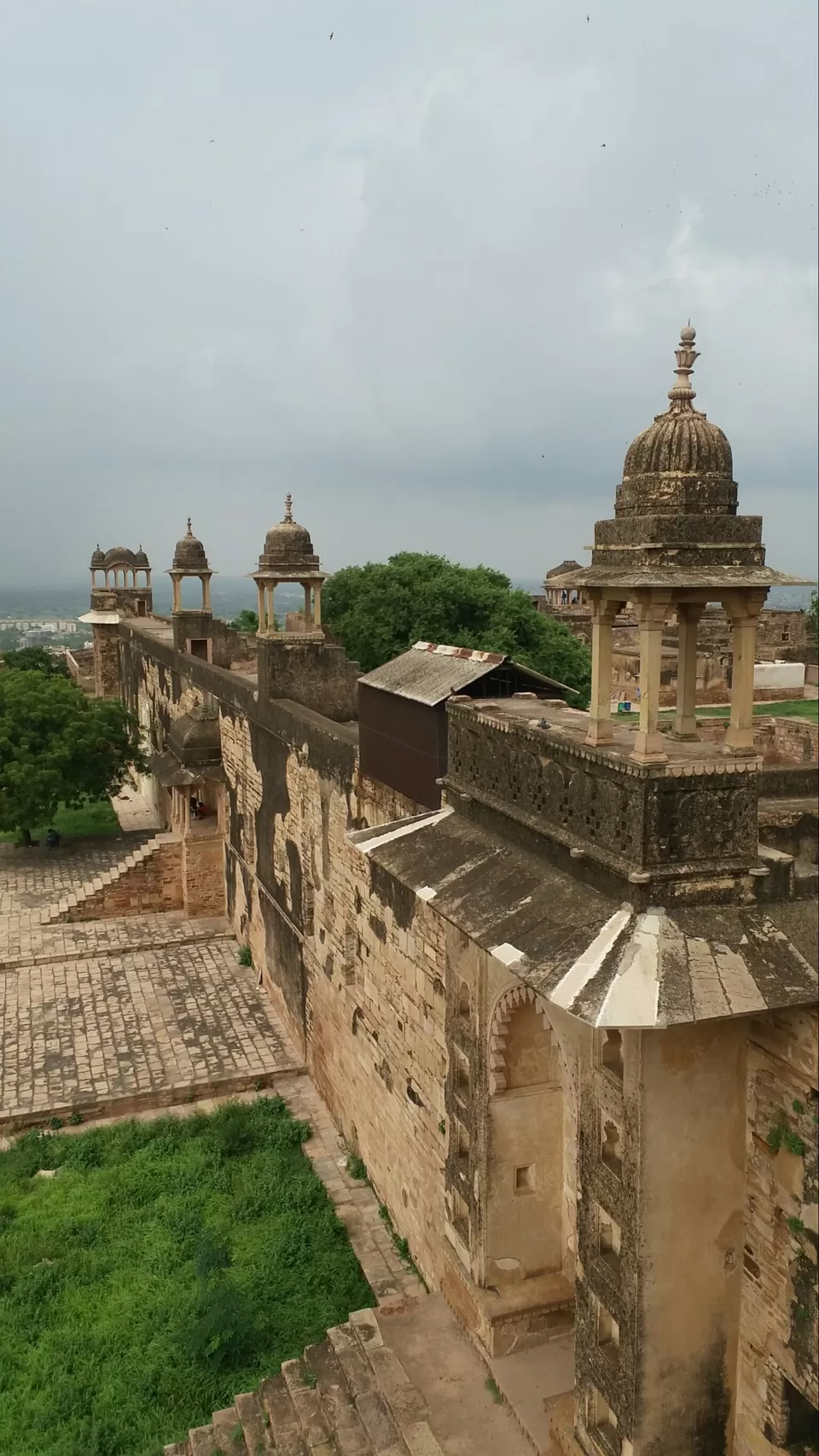
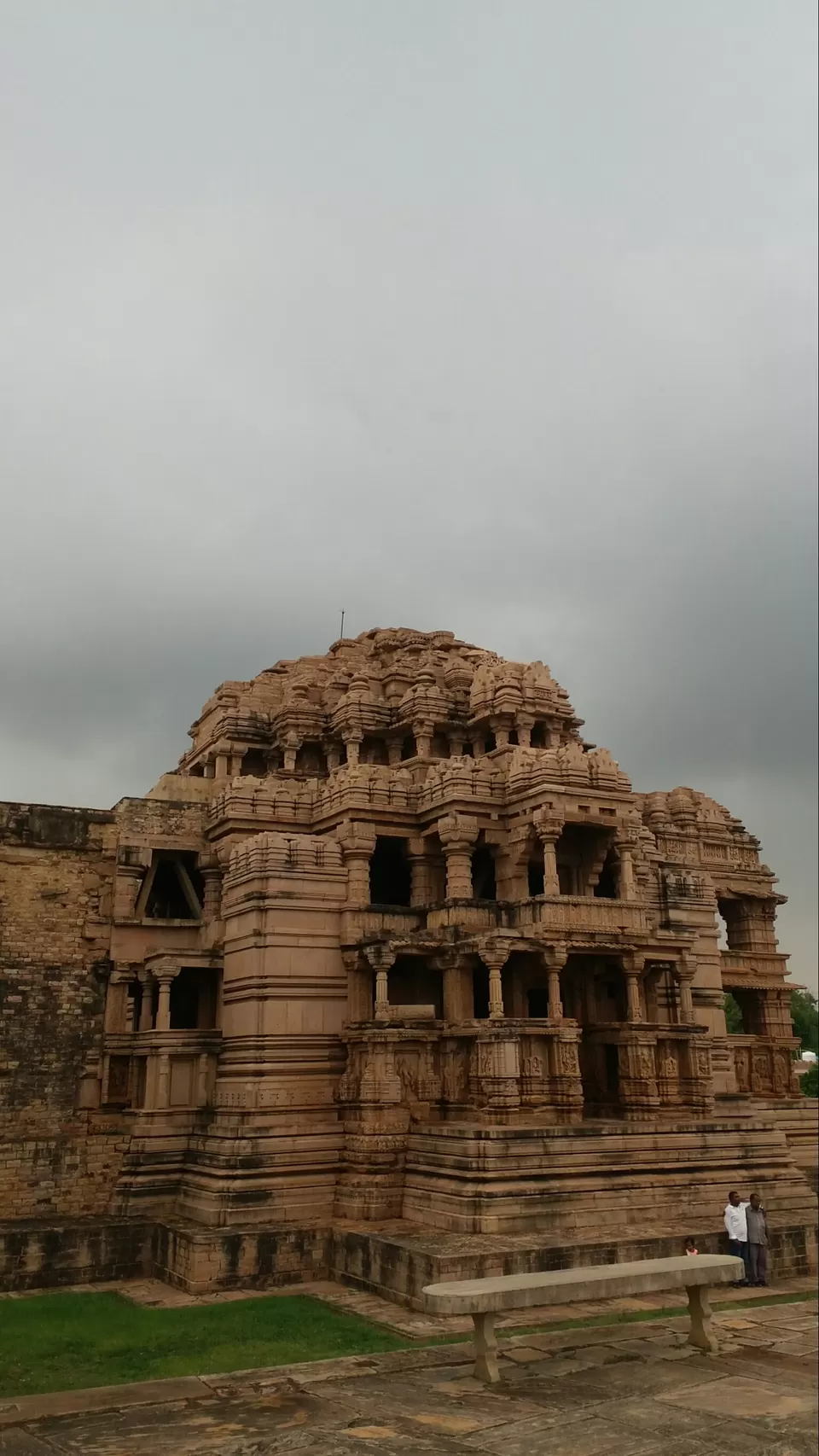
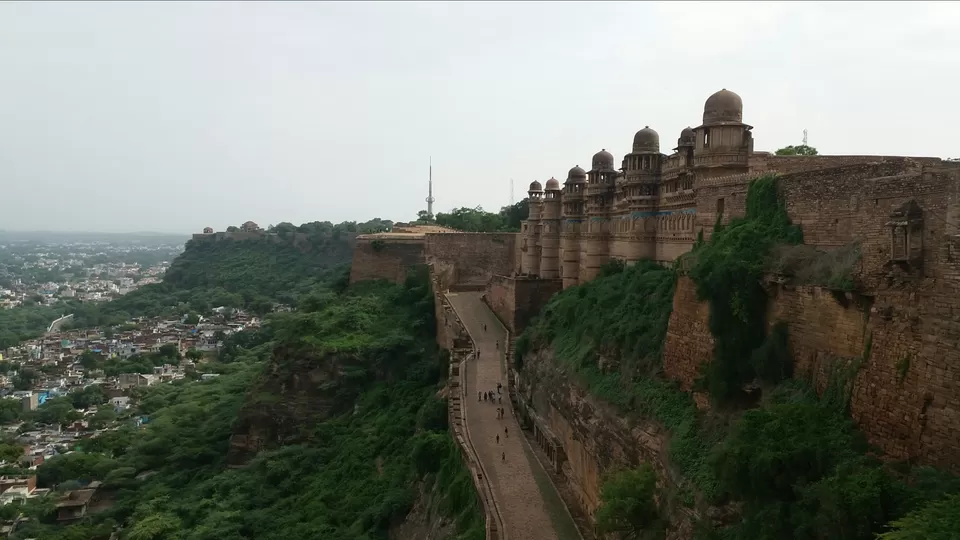
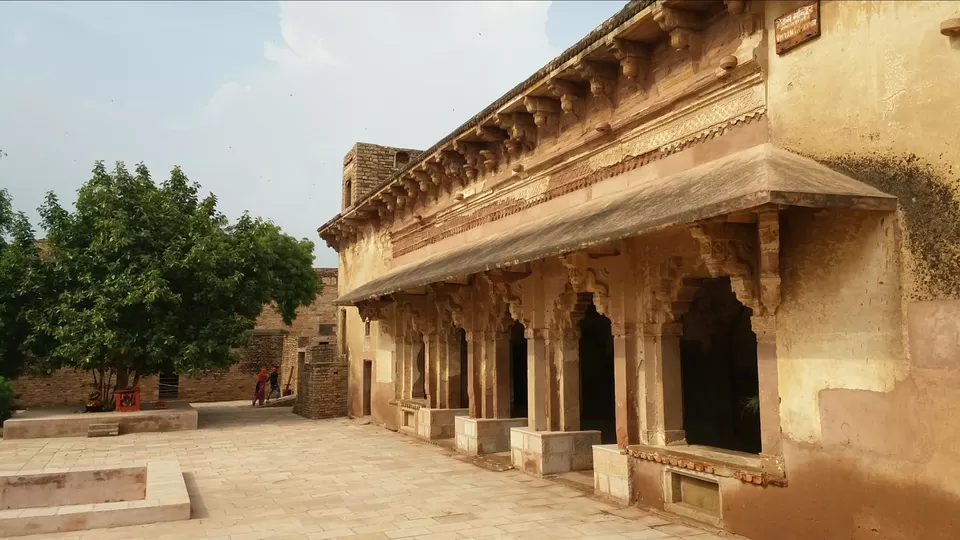
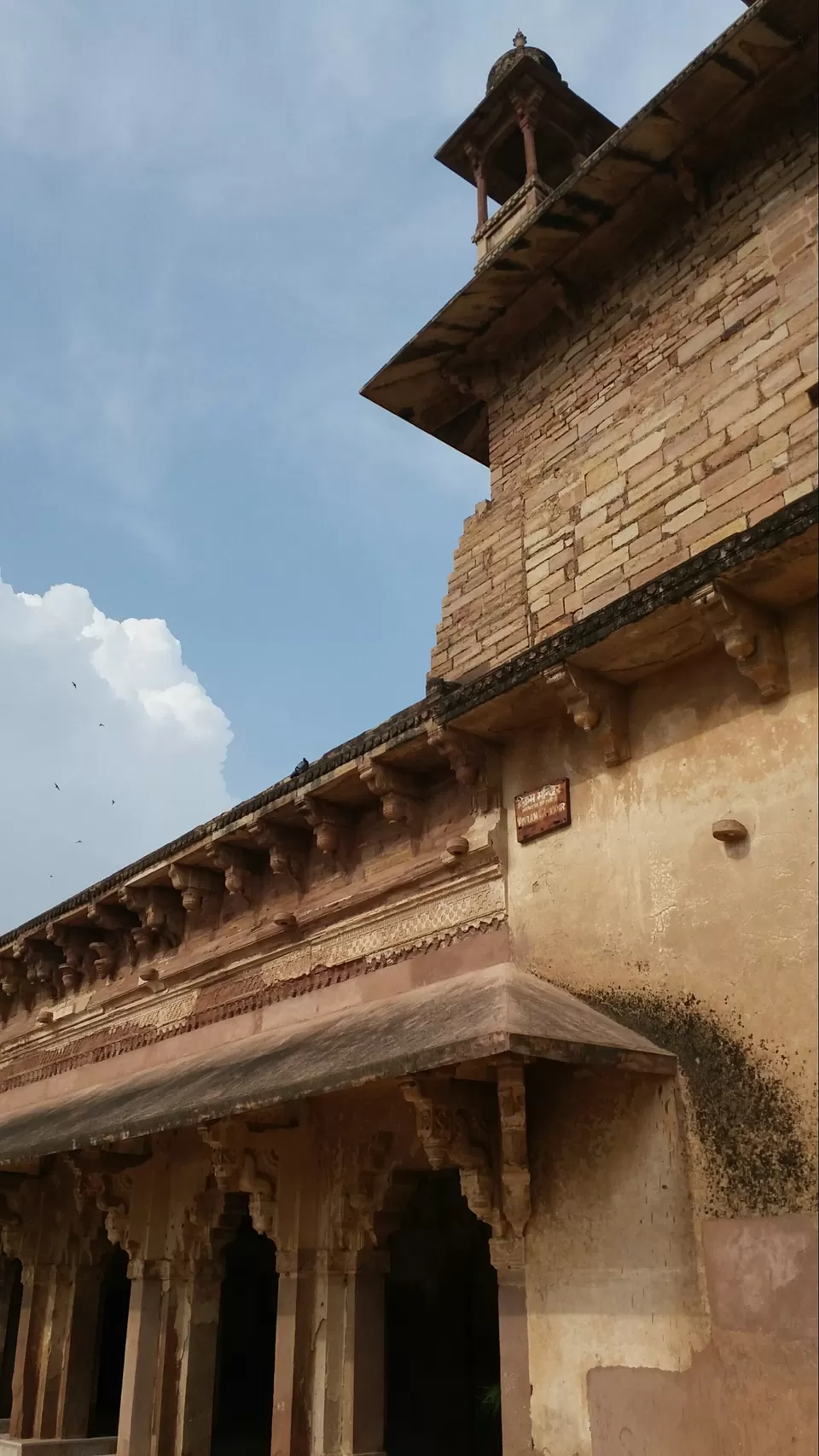
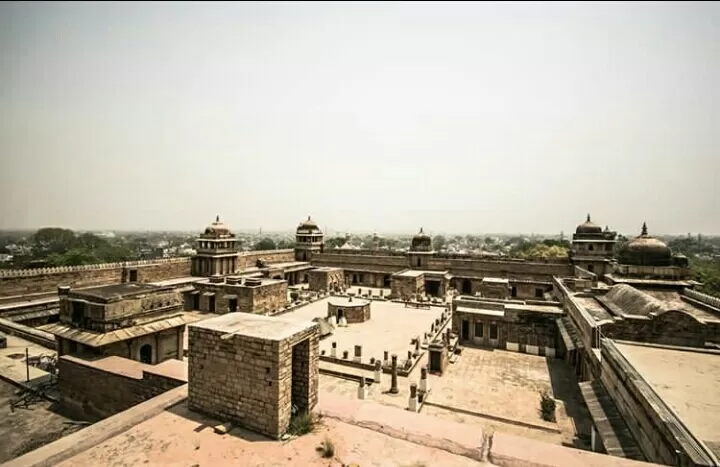
Located in the Gwalior Fort, Teli Ka Mandir was built back in the 9th century and is the highest building in Gwalior (100 ft.). It is a towering structure of about 100 feet and has a unique Dravidian and Indo Aryan architectural style. The shape of the roof or Shikhara can be easily differentiated . The decorations are of the Nagara Style. The complex of Teli Ka Mandir, Gwalior is filled with figures of river goddesses, coiled serpents, amorous couples and a flying Garuda, the vehicle of Lord Vishnu.
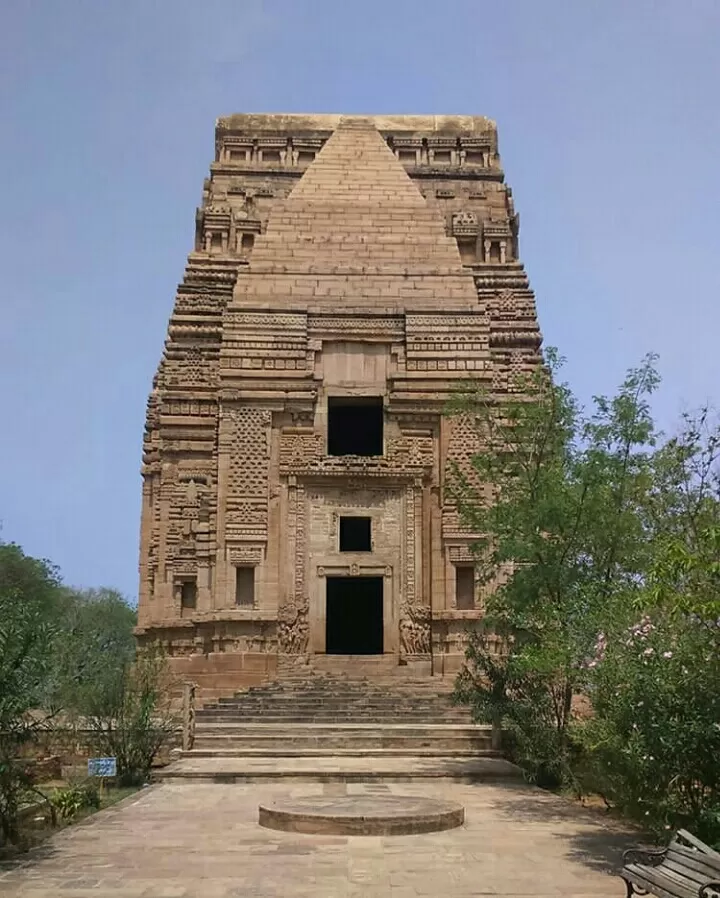
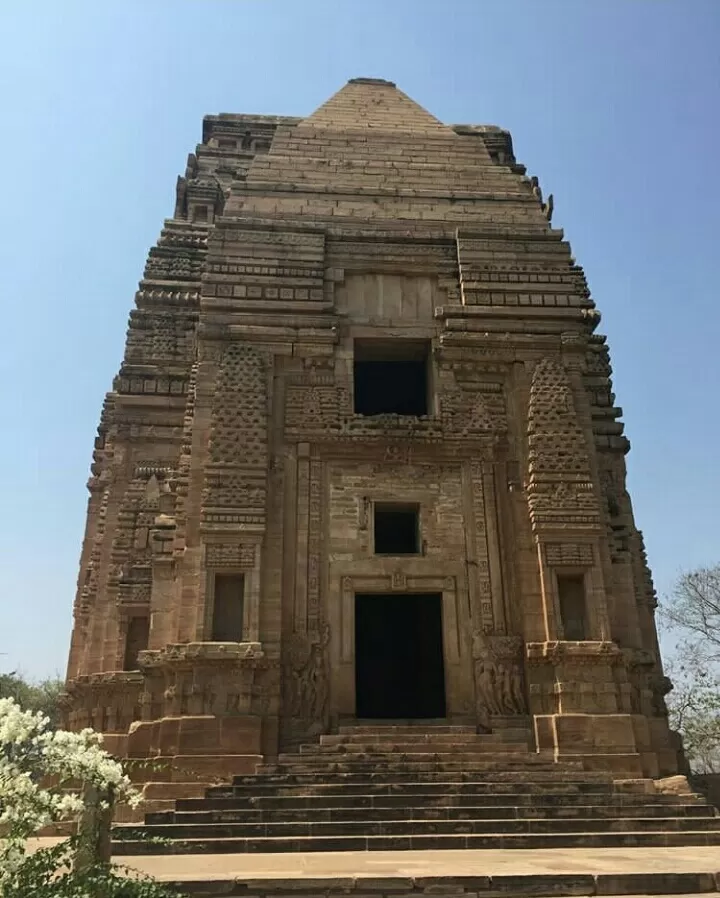
It is also called the Sahastrabahu temple or Harisadanam temple It is an 11th-century twin temple inside the premises of Gwalior fort dedicated to Vishnu in his Padmanabha form, It is mostly in ruins and was badly damaged from numerous invasions and Hindu-Muslim wars in the region. It was built in 1093 by King Mahipala of the Kachchhapaghata dynasty.
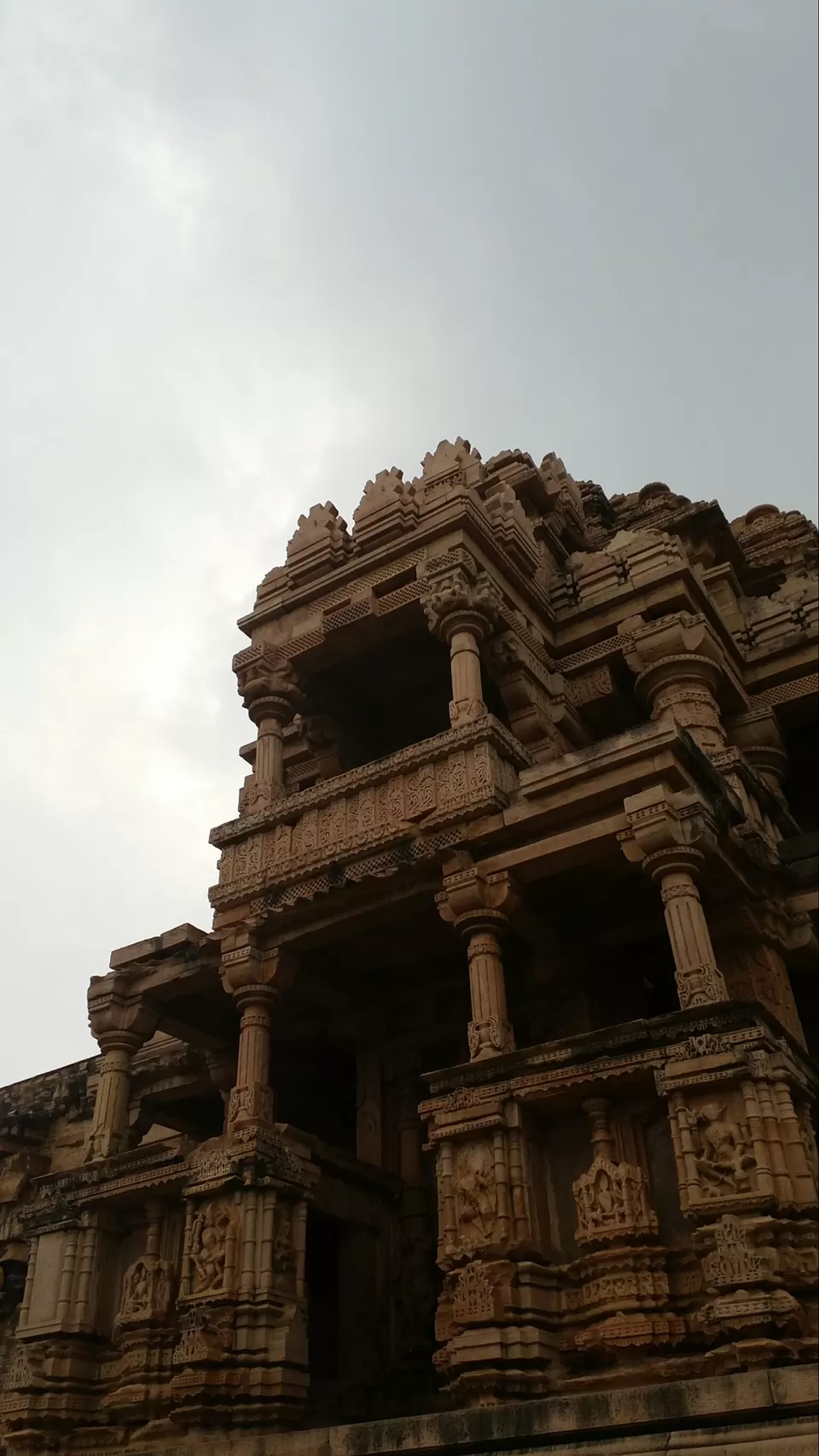
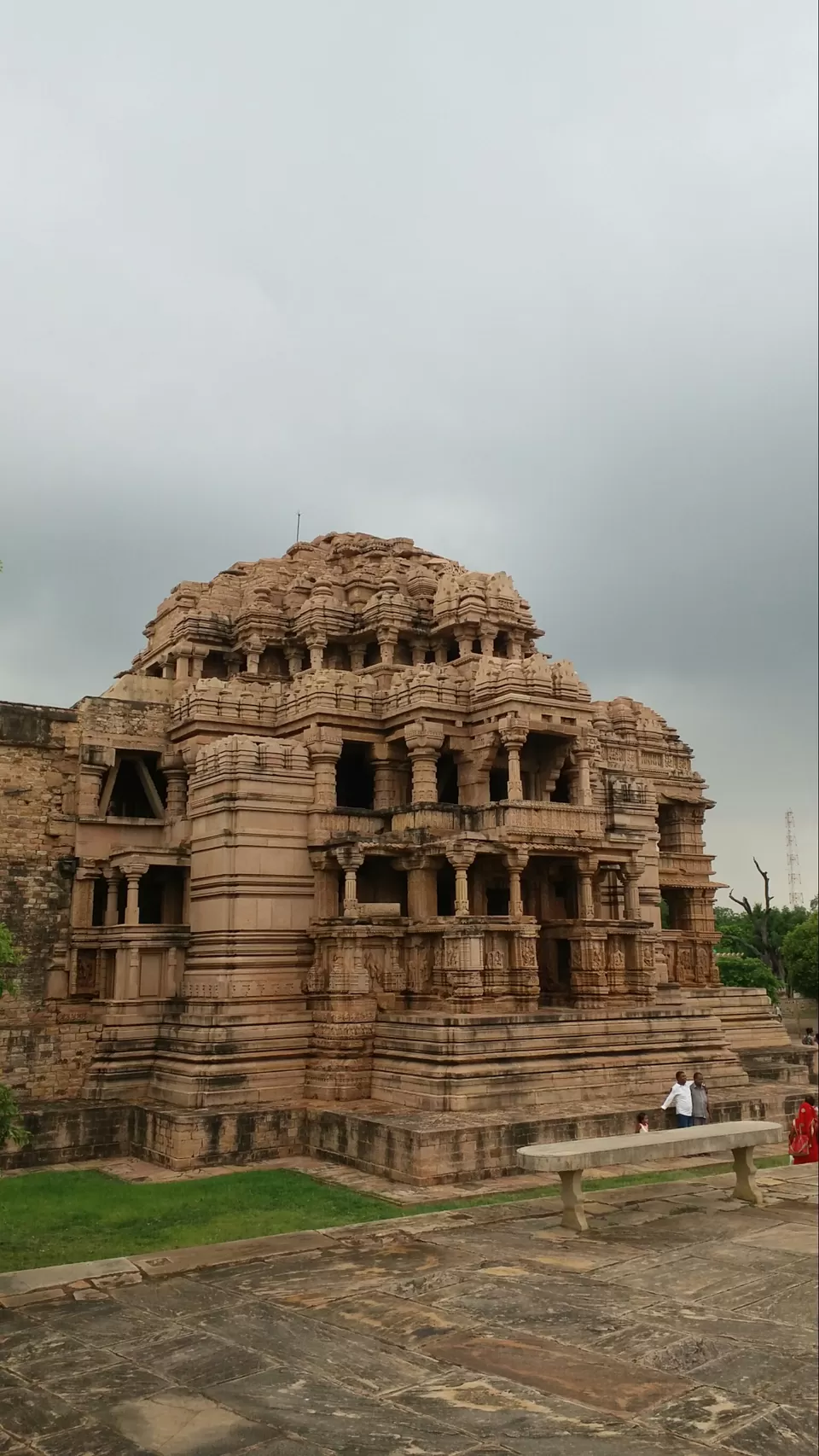
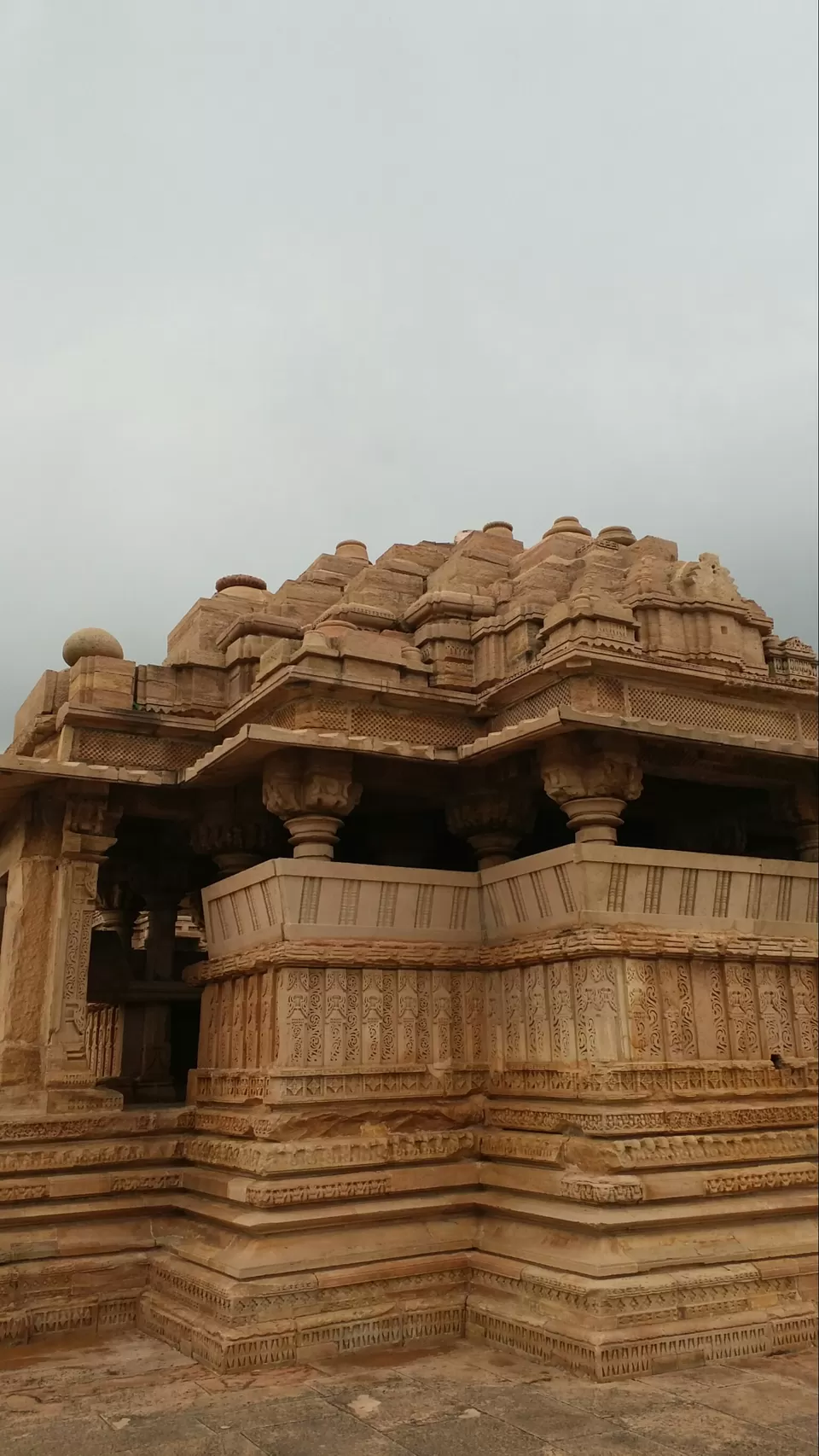
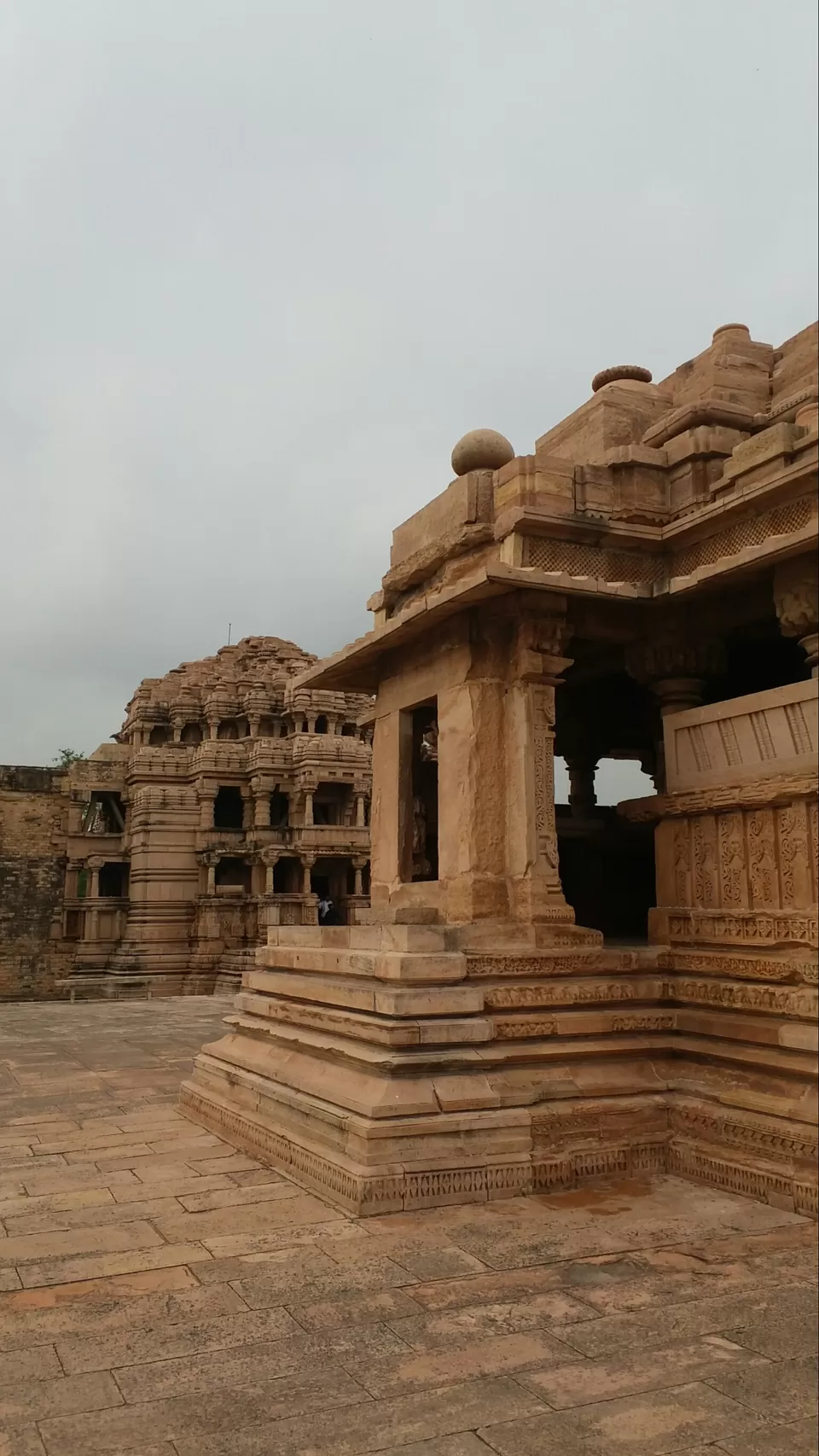
Entry To the Man Singh Palace and Temples cost 25INR per person and
Entry to Karn Palace, Jahangir Mahal and Shah Jahan Mahal, Johar kund costs 10 INR
Timings 6AM to 5.30 PM (Check before you visit)
There is A restaurant by Madhya Pradesh Tourism at the Entrance of the Fort named FORT VIEW CAFE, You can have your lunch there while wondering around the fort. They serve hygenic and scumptious food.

